Duration of engagment
Short-Long (1 month to purchase carbon credits; 3+ years to create an L/JI with the ability to generate carbon credits)
Cost
Option 1: cost of carbon credit purchases from an L/JI ($-$$ depending on depth of company due diligence)
($$-$$$)
Option 2: cost of adding a carbon credit component to an L/JI
($$-$$$$ depending on the scale of company investment needed)
Option 3: cost of creating an L/JI designed to generate carbon credits
In the real world
Investing in Cambodia’s carbon-rich forest credits
In the threatened forest region of Cambodia’s Eastern Plains Landscape, H&M partnered with WWF to launch the Supply Chain and Landscape approach (SCALE). The goal is to create a landscape investment program using REDD+ credits generated at the landscape scale to transform the textile industry and energy supply chains, thus bringing multiple benefits to the forest and the region’s stakeholders.
Key points for companies
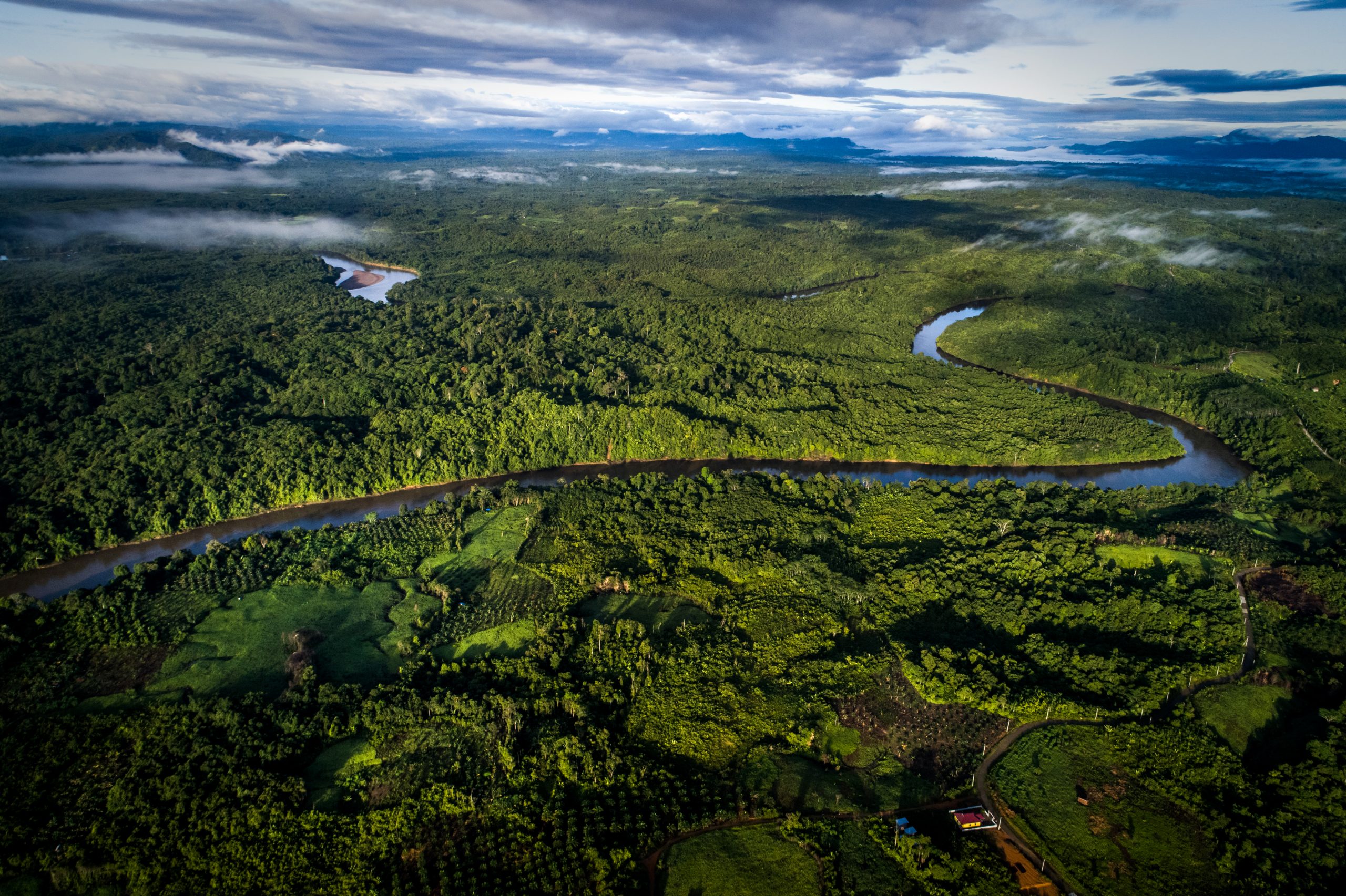
The global REDD+ framework rewards countries that reduce deforestation and enhance forest carbon sinks. It includes a mechanism for results-based payments to national and sub-national governments, communities, and private investors. The architecture for providing these payments is complex and evolving. However, sub-national jurisdictional initiatives are a particularly promising focus for REDD+ investment and carbon credits because they combine government involvement and oversight with supply chain and community actions to stop deforestation and may generate payments for all these actors. For carbon finance investors, L/JIs may offer economies of scale relative to individual, site-specific projects within a jurisdiction, while also enabling private investment more readily than national-scale government programs.
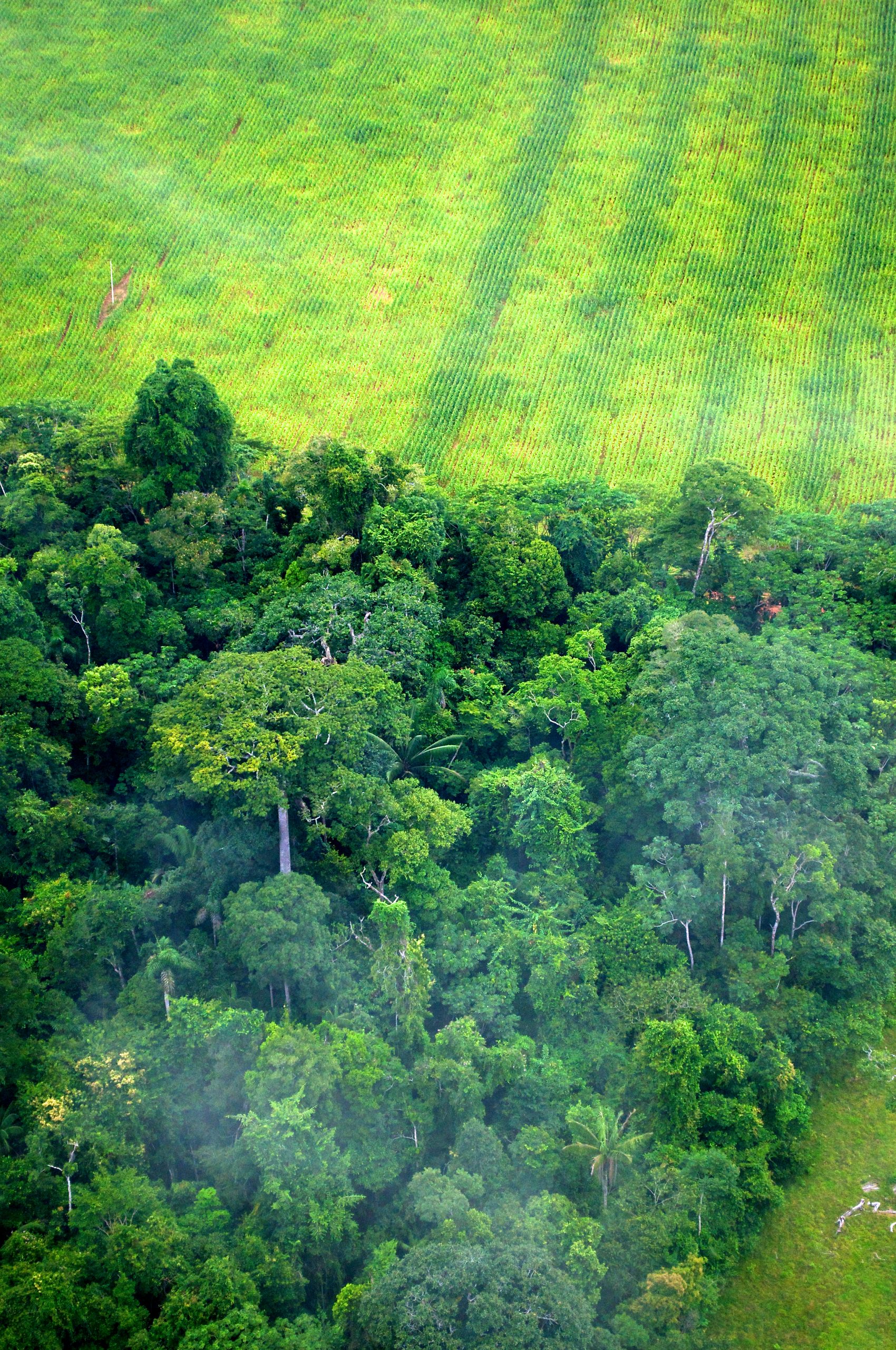
Companies can invest in landscape/jurisdiction-scale carbon offsets in three ways, ranging from simple to complex:
- 1. Source carbon credits from an existing L/JI that has an established mechanism for carbon finance. This option is a relatively easy one for a company that wishes to support an L/JI and gain carbon credits, but does not seek to become directly involved in the initiative. It may also be a way for a company to become engaged in an L/JI as a first step that might lead to greater involvement over time.
- 2. Integrate carbon finance into an existing L/JI (as Touton is doing with cocoa suppliers in Western Ghana, see “Co-design jurisdictional goals, key performance indicators (KPIs), and implementation strategies”). This approach may be attractive to companies looking for additional long-term financing for an L/JI and can work with other stakeholders to link the initiative to public and private carbon markets to obtain credits. The company itself can be (but does not have to be) an investor in carbon offsets. It may be equally valuable to the company to have other investors financially supporting the L/JI in the form of carbon finance, so that the company can contain its costs in supporting the initiative.
- 3. Co-initiate and co-finance a carbon credit program at the scale of a landscape/jurisdiction. This option requires substantial company involvement and investment, generally with NGO and/or private partners with specialized expertise in REDD+ carbon finance. It may be an appropriate pathway for companies with substantial commitments to reducing carbon emissions, and equally substantial opportunities to work with suppliers and other stakeholders in a landscape/jurisdiction from which it sources commodities linked to deforestation. The REDD+ Environmental Excellence Standard (TREES) provides one vehicle for countries and eligible subnational jurisdictions to generate verified emissions reduction credits through actions to reduce deforestation and degradation.
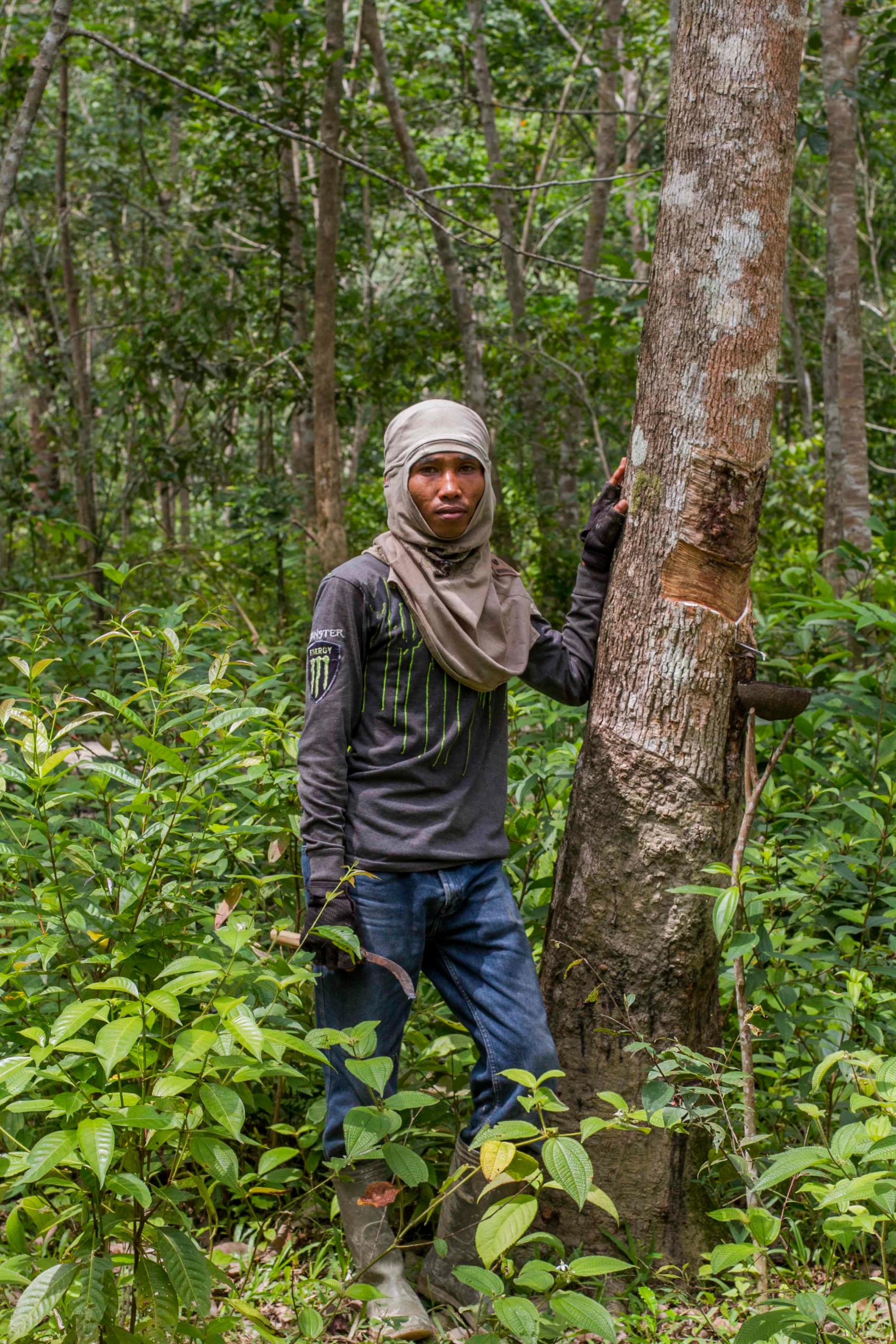
For Options 2 and 3, a company must understand the carbon finance possibilities available to the L/JI, as well as the risks and price volatility associated with the carbon market. Companies should engage with the government and other stakeholders to identify current and potential sources of funding, and to discuss benefit sharing mechanisms and the carbon claims companies could make.
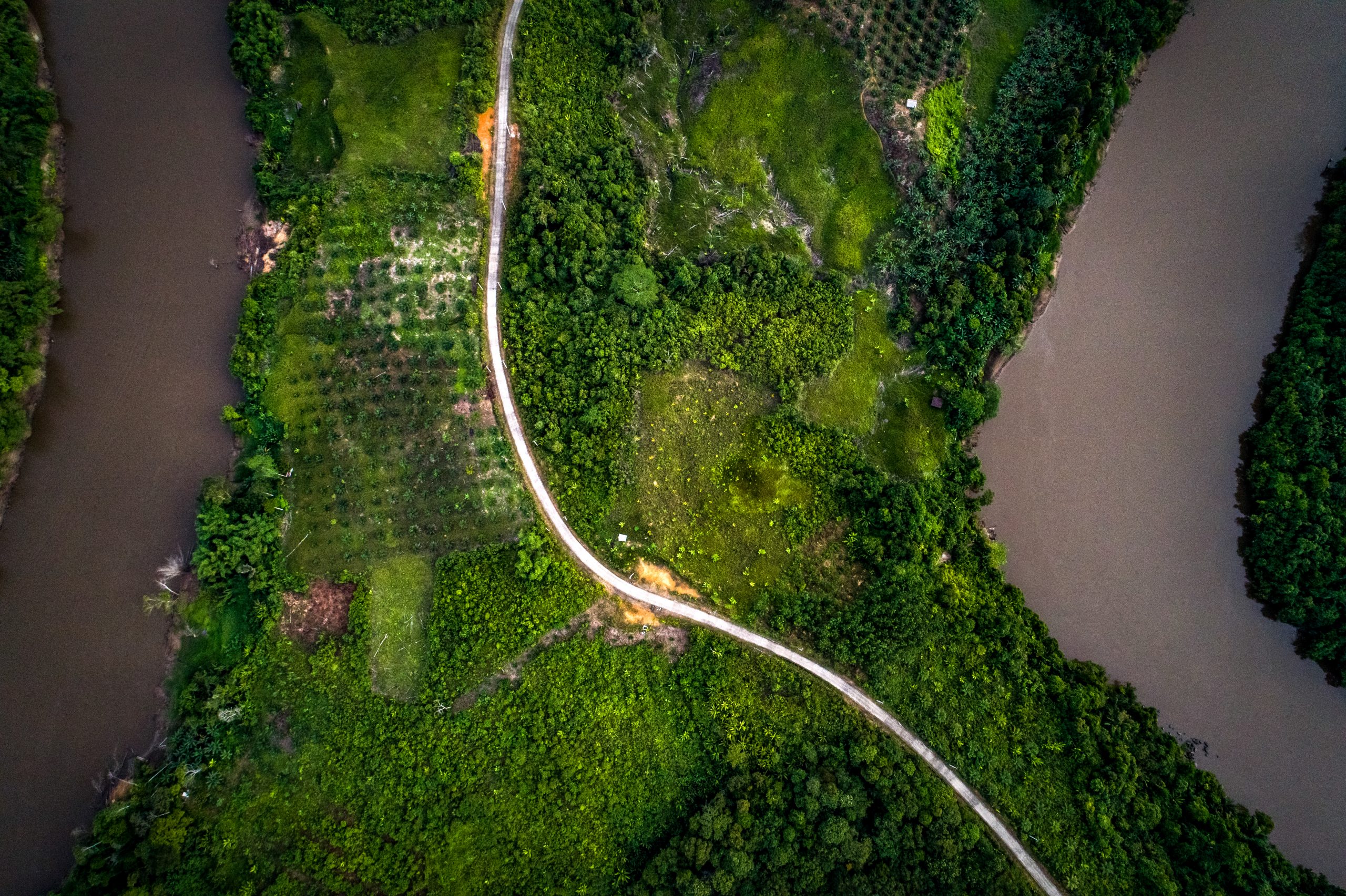
If REDD+ carbon finance is shown to be feasible to support an L/JI, companies can advocate for and/or support a REDD+ program that is in line with good practice for carbon offsets from land use projects.
External conditions that improve likelihood of success
- Clear status of REDD+ carbon credits, and about the options for an L/JI to qualify for public (compliance) and private (voluntary) carbon finance
- Strong alignment with government policy priorities and REDD+ programs
- Close engagement in an L/JI by the government agencies responsible for climate policies
- Capacity within a landscape/jurisdiction to meet the baseline monitoring, reporting, and verification requirements for calculating carbon credits
- Up-front agreement among the stakeholders in a landscape/jurisdiction on benefit sharing from any carbon offset payments
- Availability of carbon market experts to support a L/JI in all the areas noted above
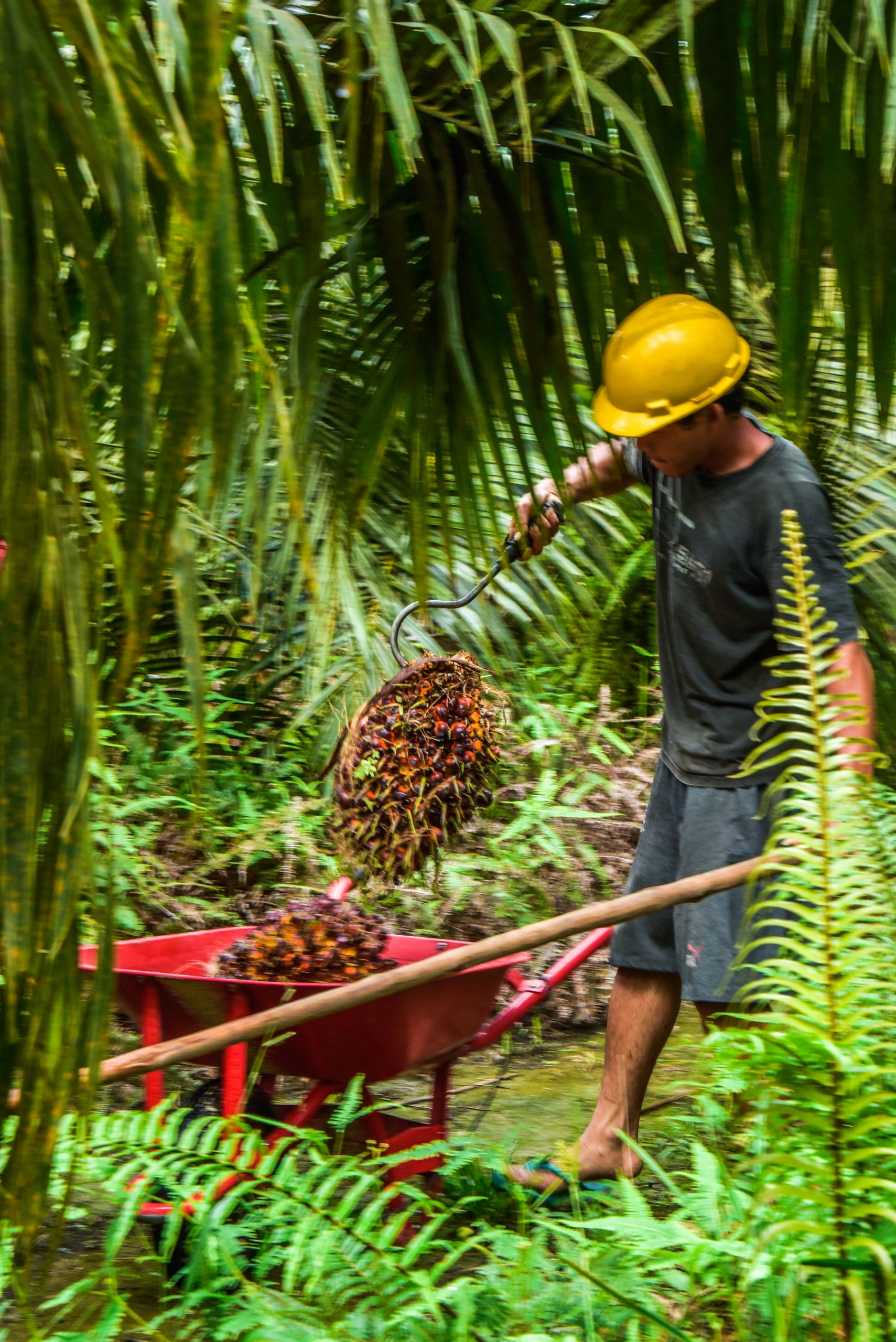
The business case for this intervention
- By supporting L/JIs that include carbon credits for avoided deforestation and forest conservation, companies not only advance their commitments to deforestation/conversion-free sourcing, but they may also gain carbon credits to offset emissions from their activities.
- Jurisdictional REDD+ programs have potential to generate larger carbon reductions at lower cost than single-site projects.
- Companies could create a long-term stream of payments to suppliers and other L/JI participants, reducing the need for company financing over time.
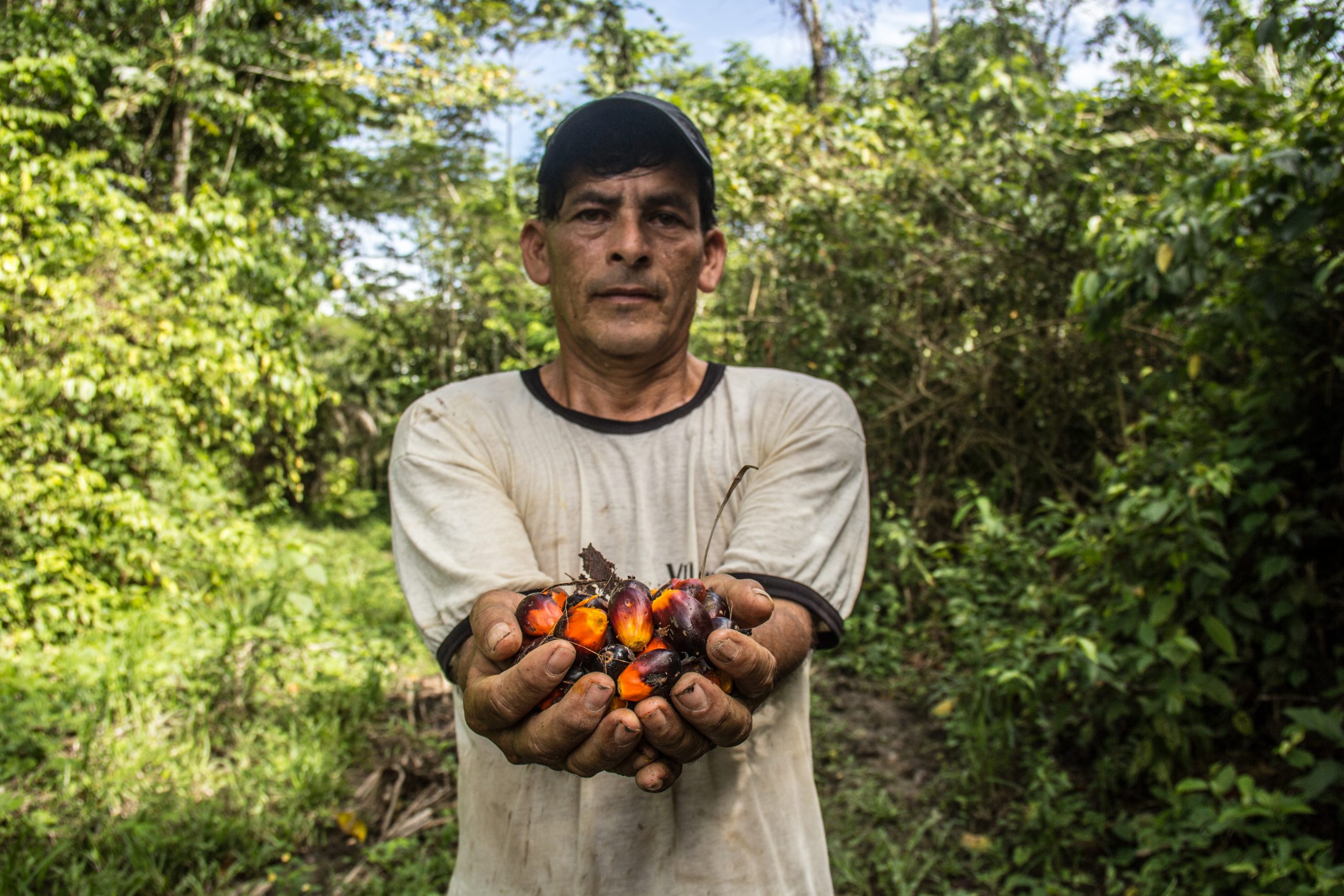
Duration of engagment
Short (3-12 months to establish preferential sourcing, then ongoing)
Cost
$$-$$$ depending on whether the company chooses to adopt existing standards and criteria and work with existing L/JIs, and whether its own purchasing systems can easily adapt to implement preferential sourcing
In the real world
Curating change through a qualifying list
At the 2015 UNFCCC Conference of the Parties, the then co-chairs of the Consumer Goods Forum Unilever and Marks & Spencer announced that each company would prioritize sourcing commodities from areas that have designed and are implementing jurisdictional forest and climate initiatives. Since then, they have worked closely with other companies, NGOs, and individual experts on how best to do so. The group’s resulting Commodities/Jurisdiction Approach (CJA) defines a set of criteria for evaluating jurisdictions’ forest and climate progress, and curates a list of jurisdictions that quality. Companies can use this list to inform their procurement decisions with a preferential bias toward qualifying jurisdictions as a complement to their supplier-specific sourcing criteria. The CJA enables companies sourcing different commodities from multiple geographies to adopt a harmonized approach to drive increasingly sustainable outcomes.
Keeping an eye on ethical commitments
The Accountability Framework Initiative (AFi) is a collaboration of global and regional environmental and social NGOs. It provides guidance to companies on how to establish, implement, and monitor ethical supply chain commitments. AFi has produced brief guidance on preferential sourcing from L/JIs, and how the incentives and rewards from doing so can drive measurable progress. Yet it also cautions against completely disinvesting from problematic jurisdictions. Rather, companies should keep sourcing from sustainable suppliers within those jurisdictions, while closely engaging with government, suppliers, NGOs, and communities to bolster sustainable production and forest protection in the jurisdictions overall.
Key points for companies
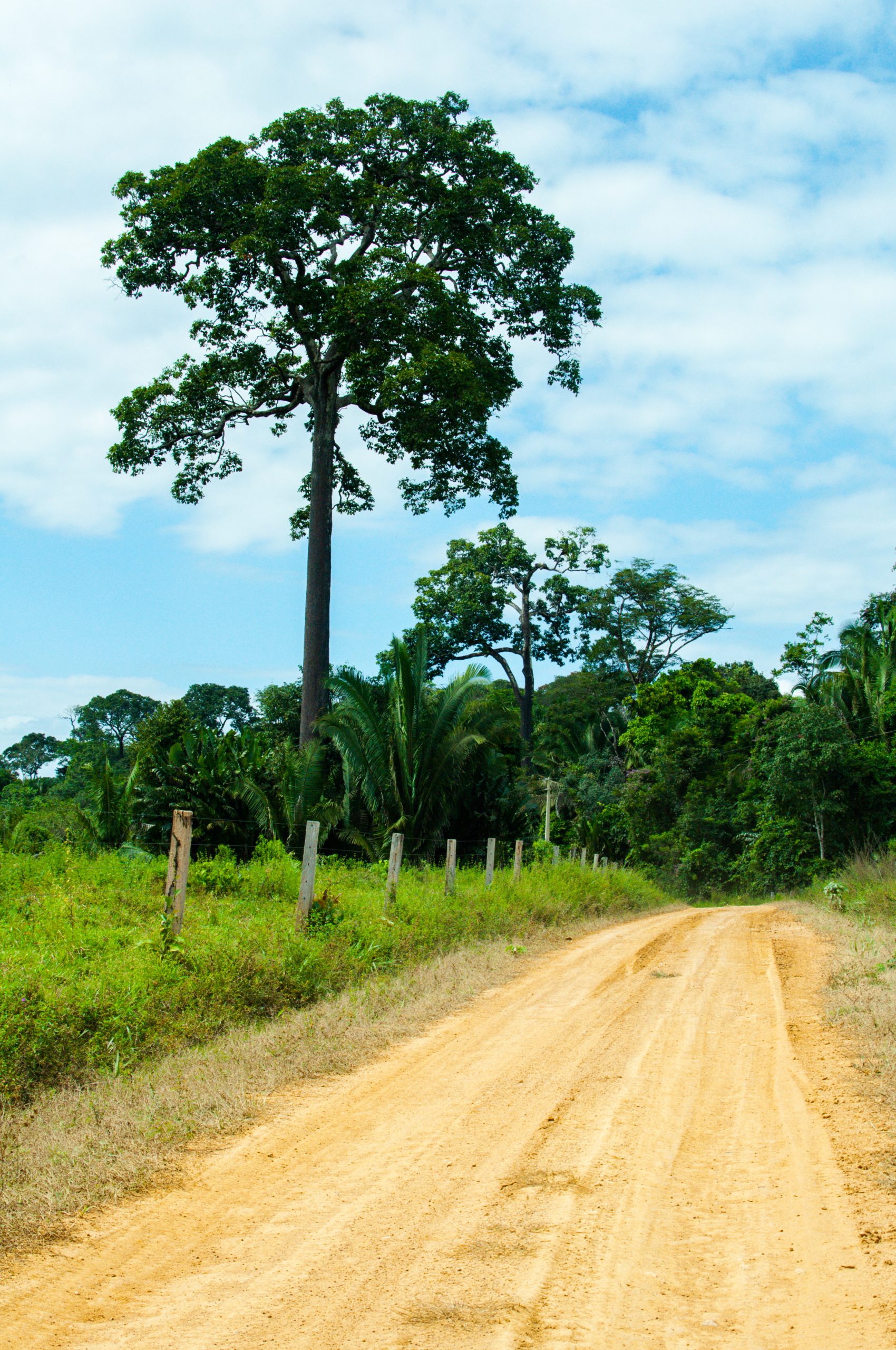
Adoption: Adopt clear and consistent criteria for preferential sourcing at the landscape/jurisdictional level. These criteria will define levels and types of preference in sourcing, and the conditions under which the company will reduce or discontinue sourcing from suppliers in a given landscape/jurisdiction.
- Criteria for measuring the quality of L/JIs should address their social, environmental, and economic goals; strategic plans; role of governance and policy; and M&E system. The Commodities/Jurisdiction Approach is one tool that provides predetermined criteria for assessing L/JIs.

Implementation: Seek new suppliers within landscapes/jurisdictions that meet selected criteria and/or expand sourcing from existing suppliers in these regions. For early stage L/JIs, companies may still need to assess and verify whether individual suppliers comply with social and envi-ronmental targets. As more advanced L/JIs can demonstrate a high level of effectiveness in stopping deforestation and exploitation, companies may be able to rely on monitoring done at landscape/jurisdictional scale to ensure suppliers meet their sourcing criteria. Companies should publicly specify their use of landscape/jurisdictional preferencing, criteria, and preferred sourcing regions. This sends a clear market signal that progress at that level of the landscape/jurisdiction strongly informs sourcing decisions.
- Link decisions to decrease purchases from jurisdictions struggling to meet sustainability criteria with ongoing dialogue and engagement with other purchasers, and with the government, suppliers, and other stakeholders in the region. This incentivizes improvement, rather than just letting these jurisdictions default to supplying purchasers with lower standards.

Growing support: Engage directly with L/JIs to help them achieve and maintain their qualifications for preferential sourcing. Brands and retailers with purchasing power can profoundly influence suppliers and governments within a landscape/jurisdiction and should coordinate on preferential sourcing approaches through industry platforms such as the Consumer Goods Forum. The combined influence of several major downstream purchasers can have far greater influence than when purchasers act alone.
External conditions that improve likelihood of success
- Stakeholders have access to existing standards and approaches to preferential sourcing from successful L/JIs
- Forums exist for companies to speak to and coordinate with other purchasers of the same commodity, both globally and at the level of individual jurisdictions
- On its own or by working with other purchasers, a company exercises significant leverage over suppliers in priority jurisdictions
- The company can shift a significant proportion of its sourcing to send clear market signals to both preferred and non-preferred jurisdictions in the supply chain
The business case for this intervention
- By adapting a landscape/jurisdiction-level set of preferences, a company can simplify supplier selection and sustainability verification.
- By coordinating preferential sourcing with other purchasers, a company can significantly increase its leverage on landscape/jurisdictional actors and accelerate progress toward sustainable production and forest protection.
- Over time, the spread of preferential sourcing at the landscape/jurisdiction-level can expand the number and diversity of qualified suppliers, with potential financial and sustainability benefits to purchasers.
Duration of engagment
Short (3-6 months)
Cost
($)
Preparing new supplier contracts or corporate policies
($$)
Possible increased cost of supply die to new contract terms
In the real world
Rewarding growers who graduate into green production
Unilever is engaged in several jurisdictional initiatives that seek to achieve jurisdiction-wide Roundtable on Sustainable Palm Oil (RSPO) certification.
Beyond upfront support to help smallholders in these jurisdictions qualify for certification (see “Support farmer training”), Unilever company leverages its procurement power – purchasing the certified palm oil that they produce – to incentivize smallholders to become certified.
In 2019, the company purchased 40,000 tons of certified palm oil and palm kernel oil from 30 Independent Smallholder Farmer Groups that represent more than 6,900 independent smallholders across Indonesia, Malaysia, and Thailand.
Key points for companies
Companies already participating in L/JIs should align procurement policies and supplier contracts with the initiative’s objectives. Those not yet engaged should focus on L/JIs in one or more landscapes/jurisdictions where the company buys a lot of product.

Review the L/JI’s goals and targets. These vary by landscape/jurisdiction, but often include economic, environmental, and social components.
- In Mato Grosso, Brazil the “Produce, Conserve, Include” initiative has formulated a set of targets that nest within the three categories represented in the initiative’s name. ‘Produce’ targets include ambitions for grain, livestock, and timber yields and for land area under cultivation. ‘Conserve’ targets include land area covered with native vegetation, percentages in the Amazon and Cerrado biomes being converted, and the area of degraded land being restored. ‘Include’ targets include percentages of families receiving technical assistance and rural extension, proportion of smallholders with market access, and amount of credit available to family farms.
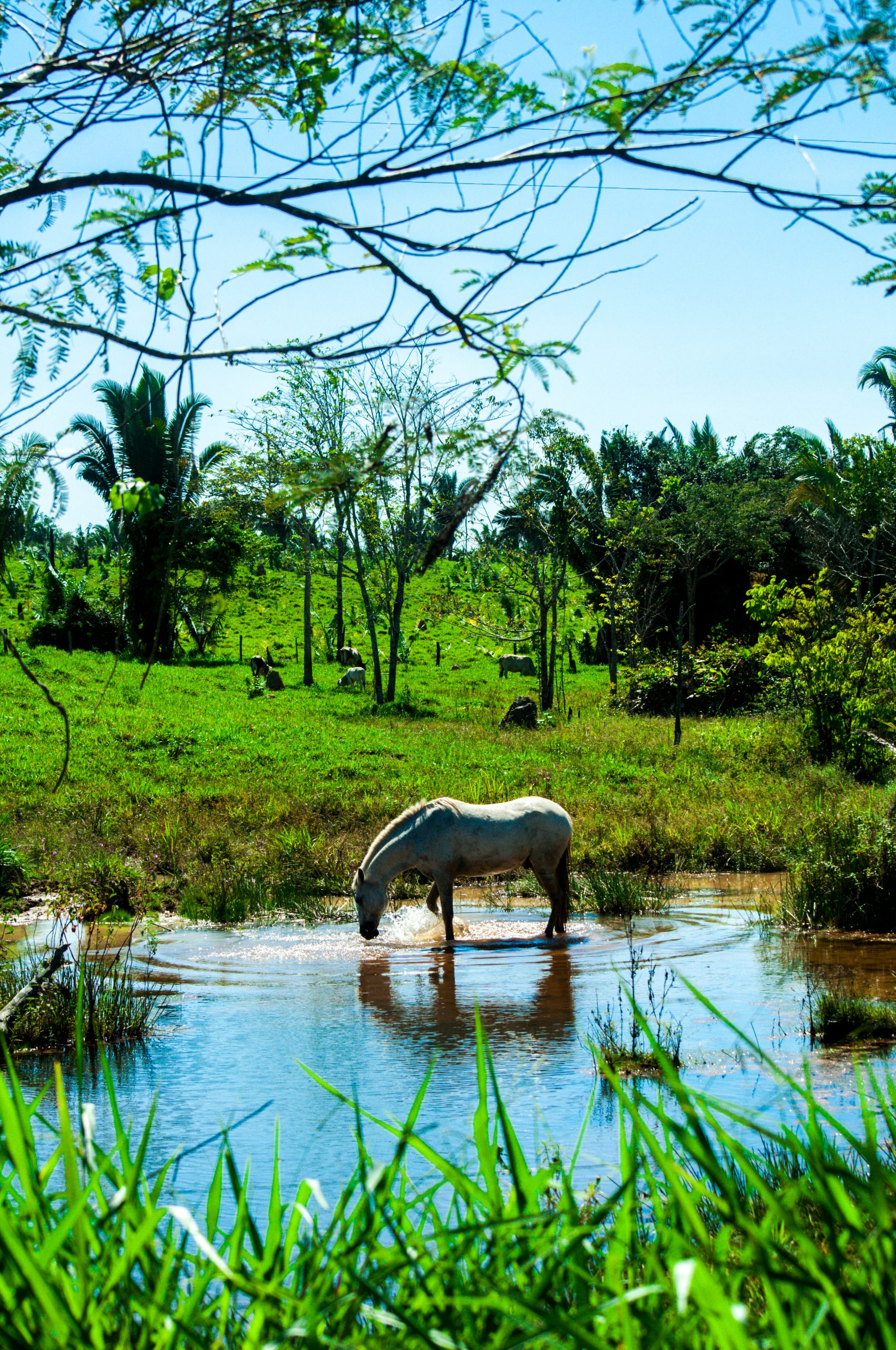
Translate the L/JI’s targets into a demand signal for suppliers. This can be accomplished in a few ways:
- Incorporate landscape/jurisdictional targets into the terms of supplier contracts to ensure that supply is produced in accordance with the targets. For example:
- One of Mato Grosso’s targets is that 90% of rural properties be registered in the environmental rural registry. To support this target, a company could write supplier contracts to require that supply originate only from registered farms.
- Mato Grosso is one of many L/JIs that include a target to reduce deforestation or conversion of other ecosystems. Companies can drive this target by aligning their own deforestation/conversion-free sourcing policies with Accountability Framework guidance, and linking the demand they make of suppliers for commodities produced without deforestation or conversion with the L/JI’s targets.
- Create positive incentives for suppliers by offering long-term contracts, price premiums, and/or additional payments for environmental services to suppliers who demonstrate they are meeting the L/JI’s goals by producing sustainably, restoring, and/or conserving forest areas.
- Incorporate jurisdictional targets into corporate policies to guide the company’s decisions within the landscape/jurisdiction. In Mato Grosso, for example, one target is to reduce conversion of the Cerrado biome by 95% below historical levels. A company could support this target by a principle ensuring its commodity sourcing does not originate from recently converted land in the Cerrado. That policy could then guide how supplier contracts are drafted, where investments are directed, and advocacy priorities with the government.
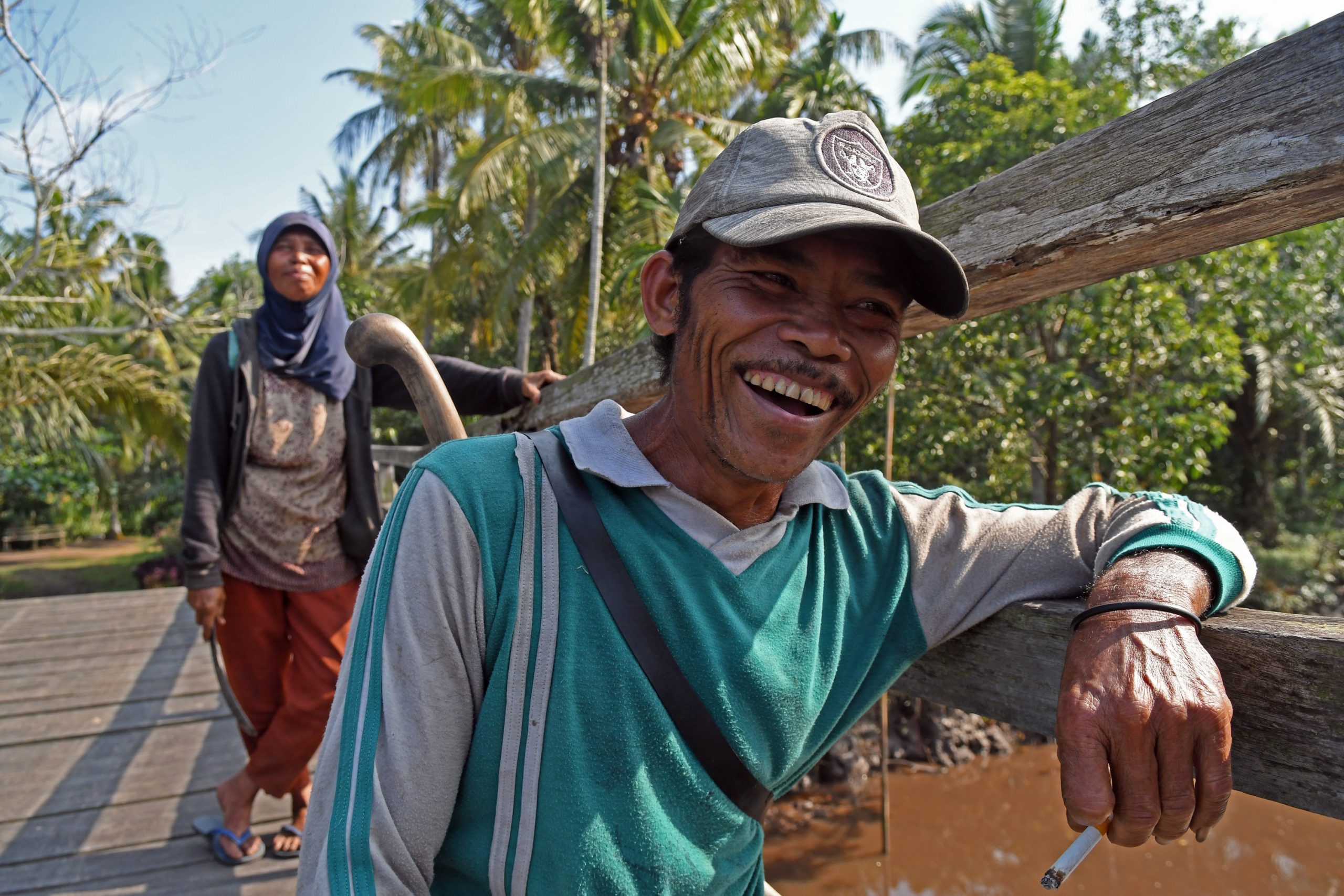
Ask suppliers what incentives they need to achieve landscape/jurisdictional objectives. Such outreach better ensures the desired outcomes and also creates a sense of shared commitment and ownership.
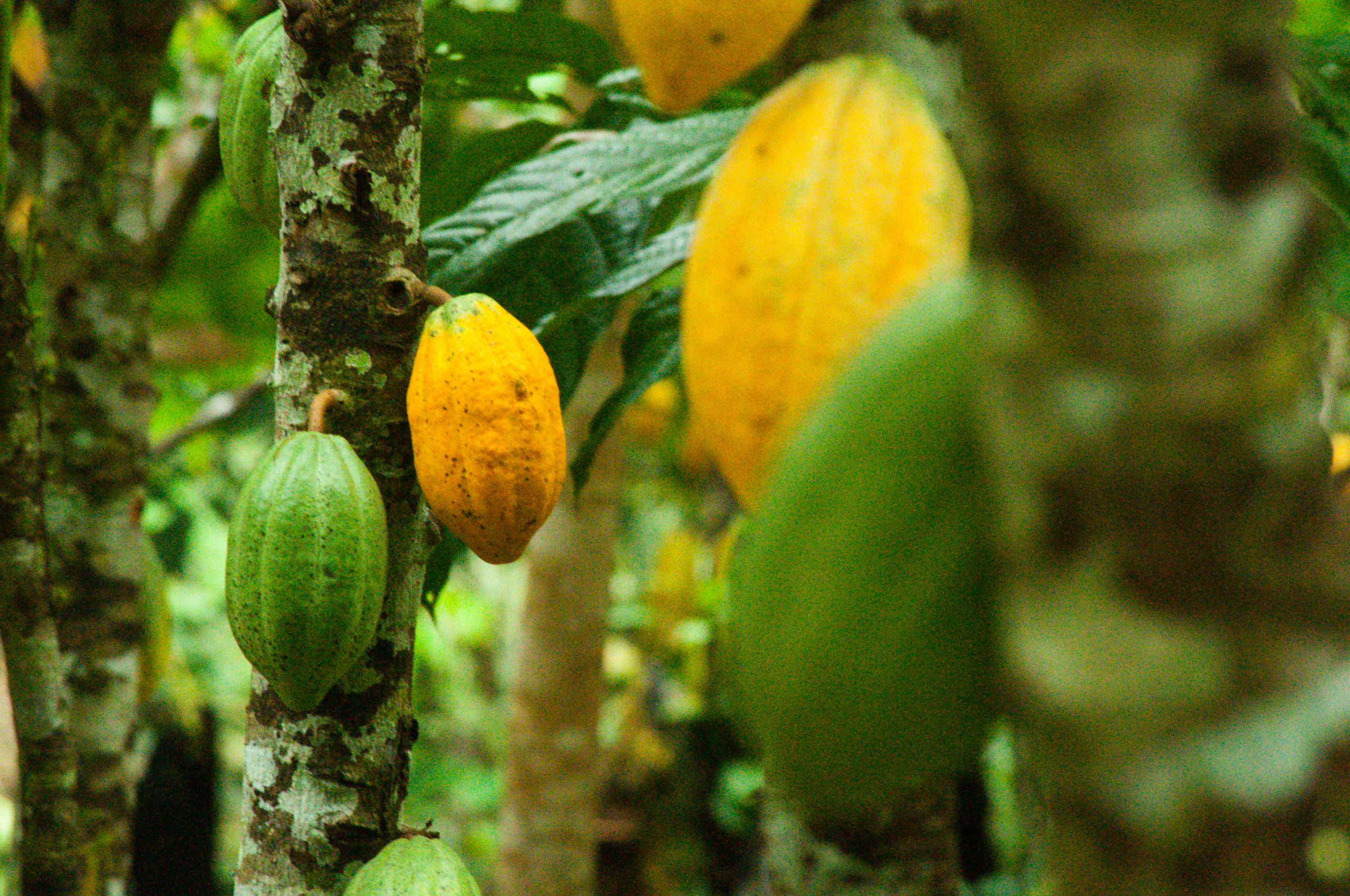
An L/JI’s targets may lack enough detail to easily or immediately incorporate them into company policies or contracts. In such cases, reach out to the government or entity leading the L/JI to clarify the target that the company should support.
External conditions that improve likelihood of success
- Well-articulated jurisdictional targets/objectives
- Good relationships with suppliers in the jurisdiction
- Contracting methods that ensure agreements can be well specified, verified, and enforced by purchaser and supplier
- Effective legal, arbitration, or alternative dispute resolution bodies that allow parties to address conflicts and disagreements

The business case for this intervention
- Referring to L/JI targets when making requests of suppliers can help justify what might otherwise be perceived as burdensome requirements.
- Contracting fairly with suppliers to achieve an L/JI’s objectives strengthens suppliers’ understanding and commitment to mutually desired outcomes.
- Aligning L/JI targets with a company’s policies is a low-cost way to signal long-term support for the sustainability objectives of a landscape/jurisdiction it values.
- This alignment can also help ground and focus further actions the company might take to advance the targets.
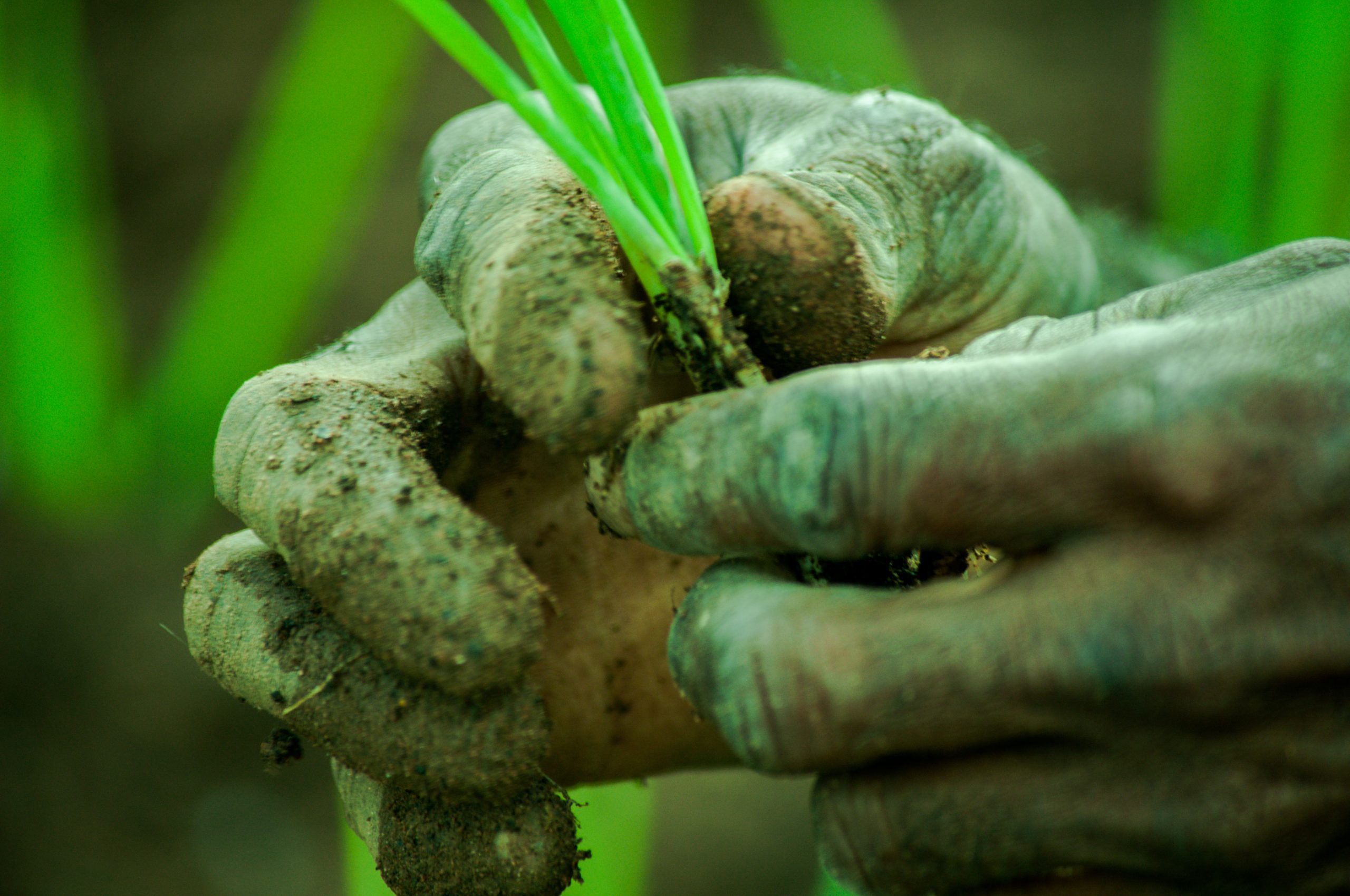
Duration of engagment
Short-Medium (3-6 months to expand sustainability reporting; 3 years to set up a jurisdictional monitoring system)
Cost
Expansion of sustainability reporting to include landscape/jurisdictional progress (no cost if an external resource is available that tracks this progress; $$$ if a monitoring system needs to be created for the landscape/jurisdiction)
($$$)
Obtaining third-party verification of reported impacts if not built into the landscape/jurisdiction-level monitoring system
In the real world
1. Forging linkages for landscape-level accountability
Companies often commit to sustainability goals that transcend what they can achieve alone, and report regularly on the steps they are taking to advance those goals. For example, the Global Reporting Initiative, within its Biodiversity Standard, requires companies to report on “whether partnerships exist with third parties to protect or restore habitat areas distinct from where the organization has overseen and implemented restoration or protection measures.” Numerous companies involved in L/JIs report on their contributions to those initiatives. Each effort fits like a piece in a puzzle, part of the whole. However, there is not yet a clearly established practice of companies explicitly committing themselves to the joint achievement of L/JI outcomes and then reporting on the initiative’s overall results as a part of their corporate reporting.
2. Tracking progress in a larger context
In an L/JI in the Kakum area of Ghana’s Central Region, Lindt’s Cocoa Foundation partnered with the Nature Conservation Research Center to develop a system for monitoring and evaluation (M&E). The M&E system will let all of the L/JI stakeholders track their progress toward meeting the initiative’s goals and enable companies to measure their contributions in a larger context. The M&E system is being designed to track socioeconomic and ecological sustainability, and how the Kakum initiative shapes local views about livelihoods and wellbeing, Climate-Smart Cocoa practices, and landscape governance and management. This effort pilots the LandScale system to track progress at landscape scales.
Key points for companies
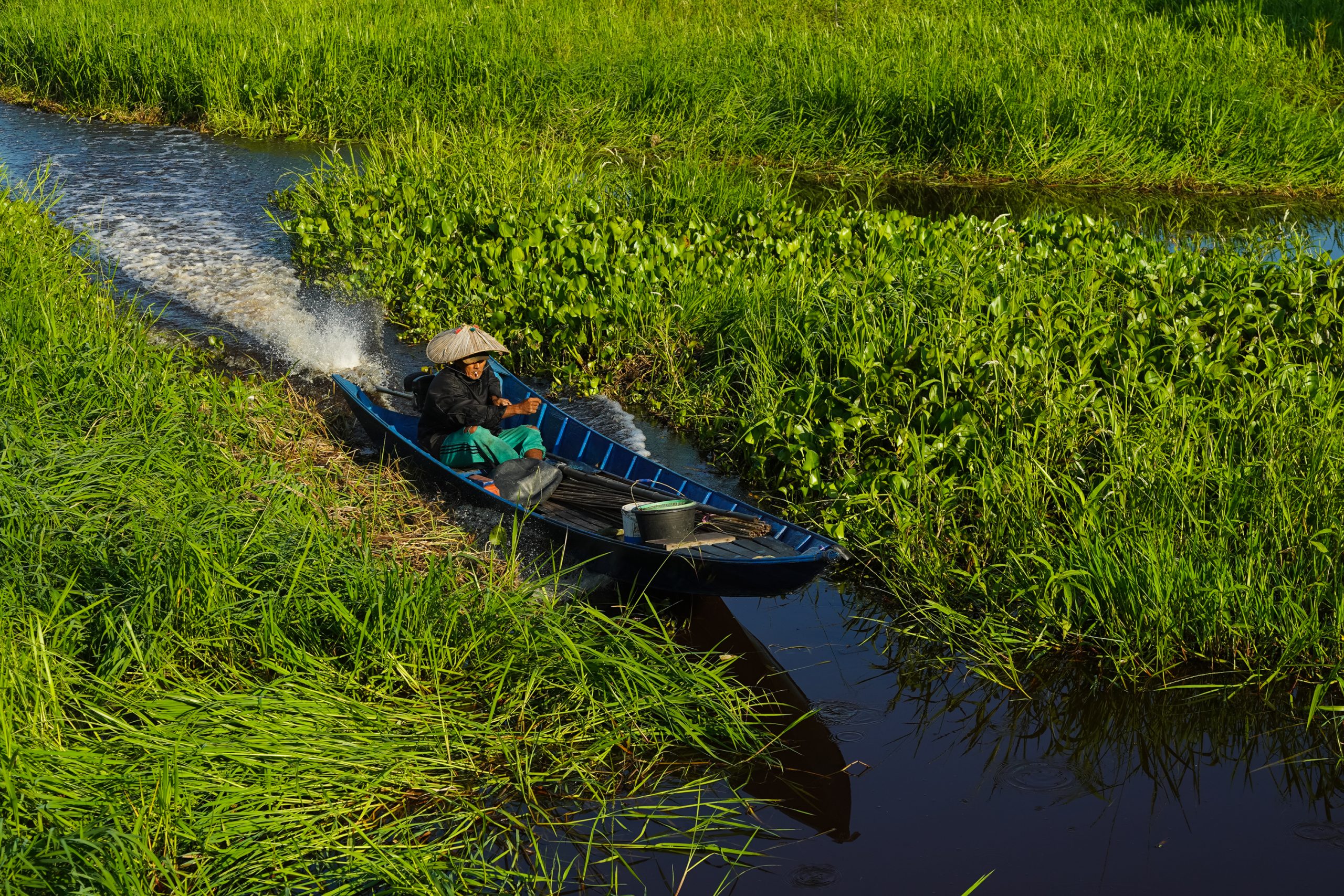
Based on its supply chain priorities or where it wields greatest market influence, a company should choose landscapes/jurisdictions in which to take on co-responsibility for sustainability progress alongside other stakeholders. This selection should reflect the strength of the company’s commitment to the achievement of specific results at the landscape/jurisdictional level, and the company’s ability to contribute to those results.
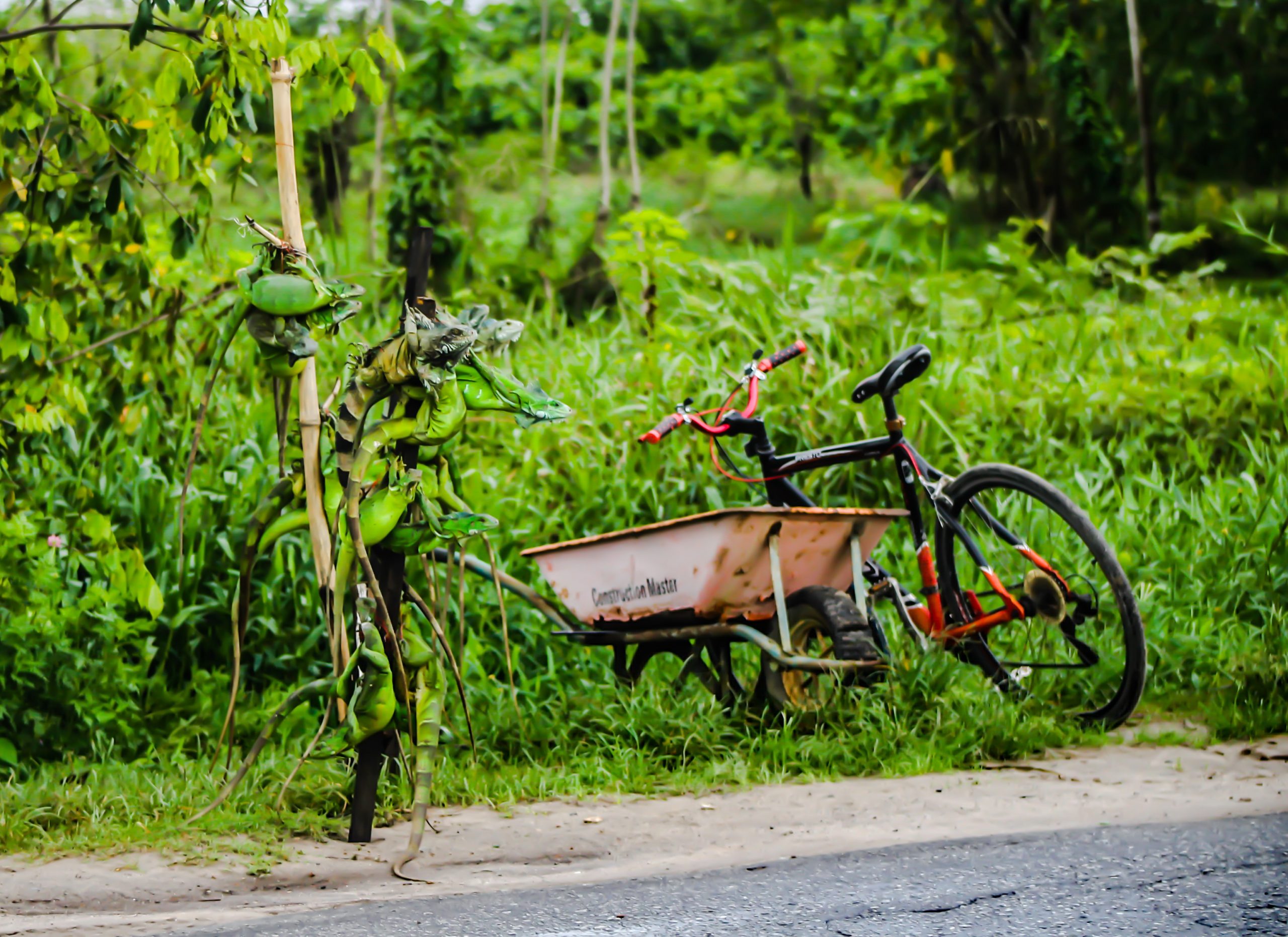
Incorporate some or all of the L/JI’s sustainability targets within the company’s and ensure internal buy-in to be co-accountable for meeting them. A company may commit itself to those targets where it can make the greatest contribution, even while recognizing that the outcome largely depends on stakeholders and forces beyond the company’s control.

Announce the company’s intention to be co-responsible for progress on sustainability, jointly publicized through the L/JI’s external outreach, corporate communications, and any national and global platforms in which it participates. Leverage high-profile gatherings focused on forest and climate issues (e.g. UN Climate Week, the UNFCCC COP, the TFA annual meeting) to amplify a company’s message about claiming a degree of responsibility for an L/JI’s progress.
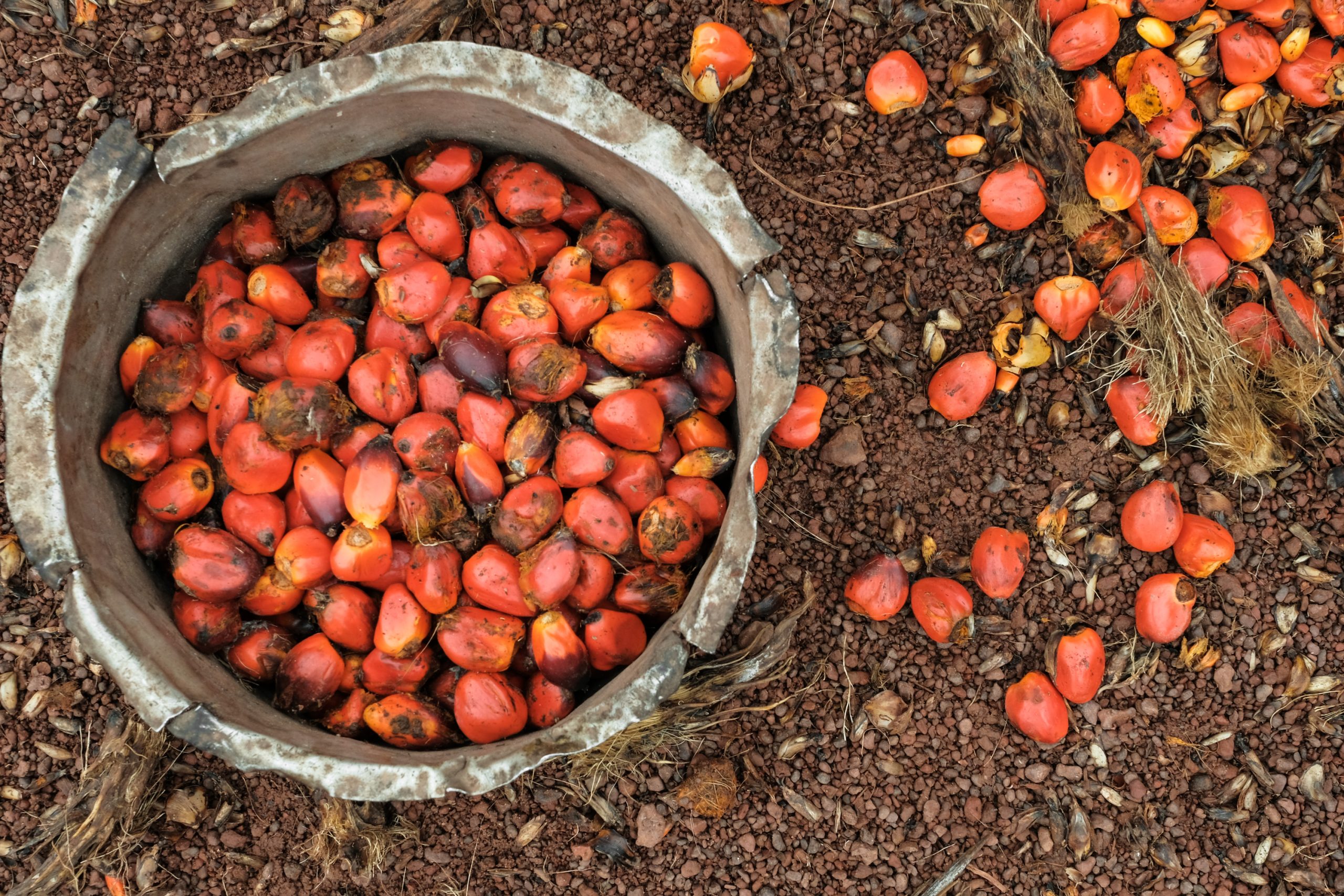
Ensure a local M&E system is in place to assess progress at the landscape/jurisdictional level. LandScale and Verified Sourcing Areas are systems being developed to measure landscape progress in standardized ways, and track actors’ contributions toward this progress.
- Lacking a credible and effective monitoring system, work with other stakeholders to design and build one that is transparent, impartial (assured via third party verification), generates relevant and high quality data, and tracks performance regularly over time. To that end, ISEAL Alliance and WWF have developed guidance on creating credible monitoring systems for L/JIs.
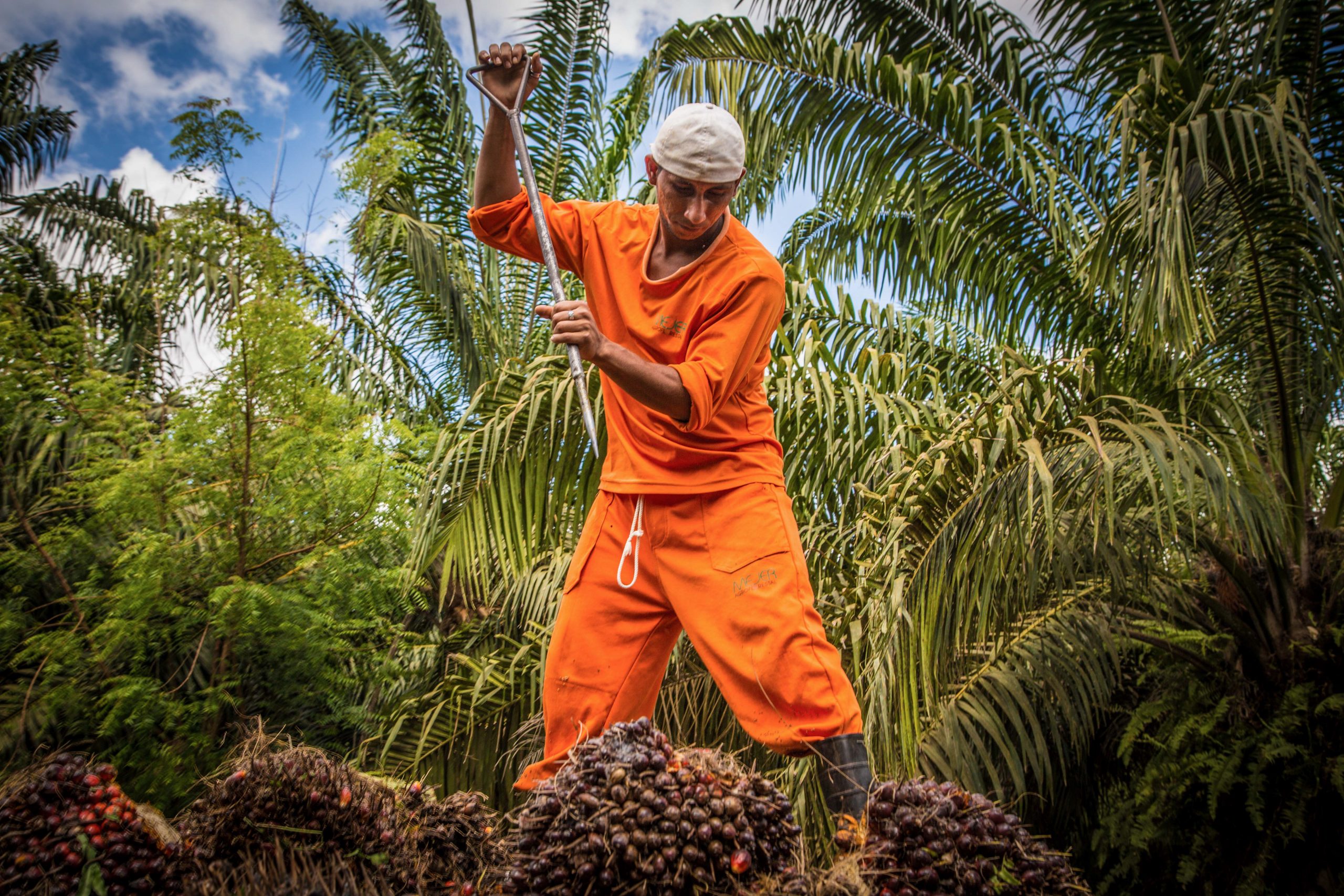
Integrate reporting on the L/JI’s progress into the company’s own sustainability reporting, using specific, measurable, achievable, relevant, and timebound (SMART) indicators that capture what results the company has set out to achieve.
Incorporate some or all of the L/JI’s sustainability targets within the company’s and ensure internal buy-in to be co-accountable for meeting them.
External conditions that improve likelihood of success
- No external conditions are required for this intervention to be a useful contribution to advancing sustainability at a landscape/jurisdictional level. Some companies may choose to share responsibility for an L/JI’s progress only when a multi-stakeholder body is driving implementation of already-defined targets. Others may want to commit to co-responsibility regardless, to signal the company’s long-term intent to invest in improving the region’s sustainability performance.
- Availability of dedicated staff and resources within the company and the L/JI to monitor and report on progress and use these as a management tool.
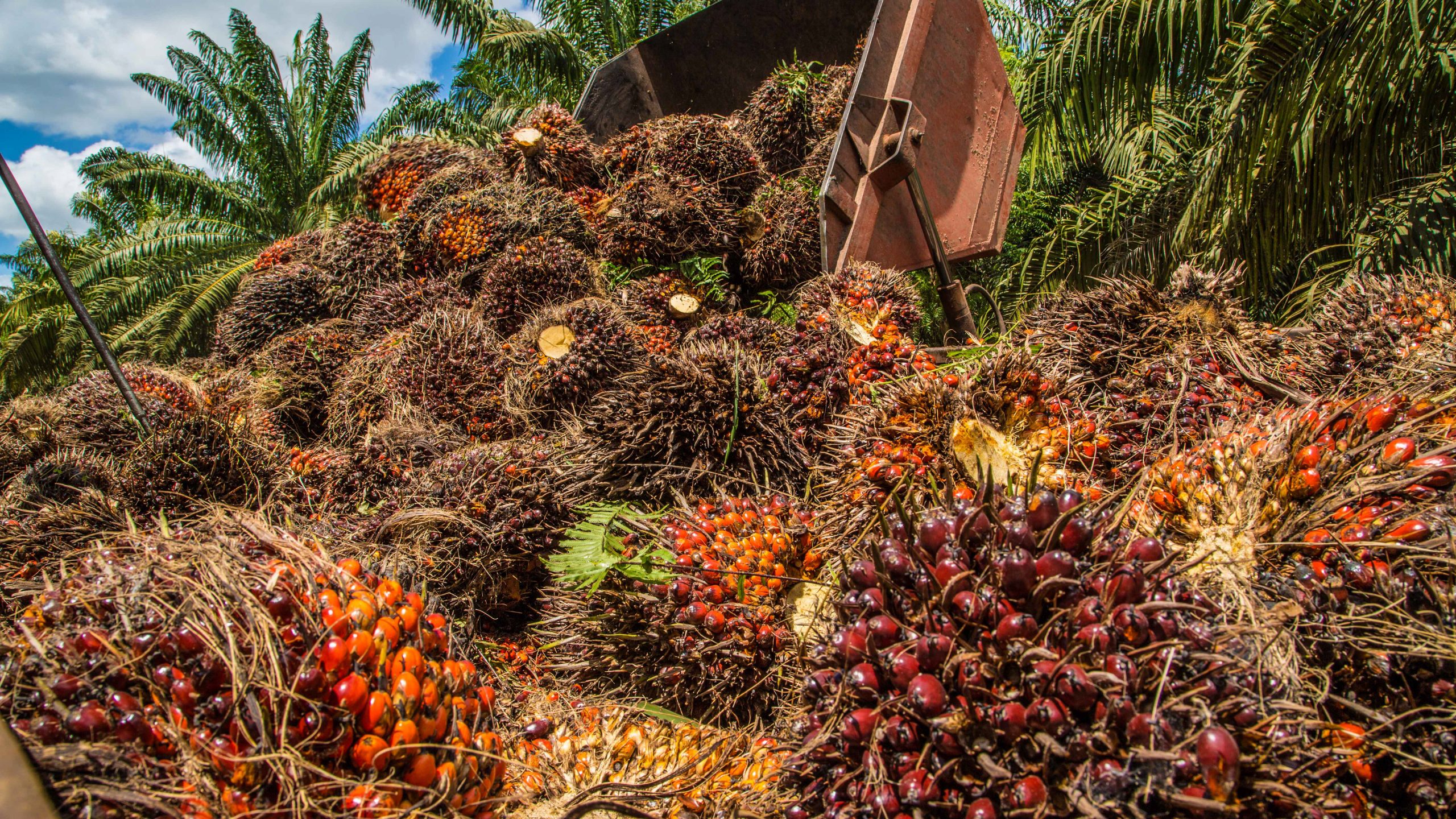
The business case for this intervention
- By taking on co-responsibility, a company signals, locally and globally, its long-term support for the sustainability objectives of a high value landscape/jurisdiction.
- Aligning a landscape/jurisdiction’s targets with its own can help ground and focus further actions the company might take to advance these targets.
- Public commitments to and reporting on L/JI results can attract other companies and NGOs with an interest in the same goals, creating new partnership opportunities.
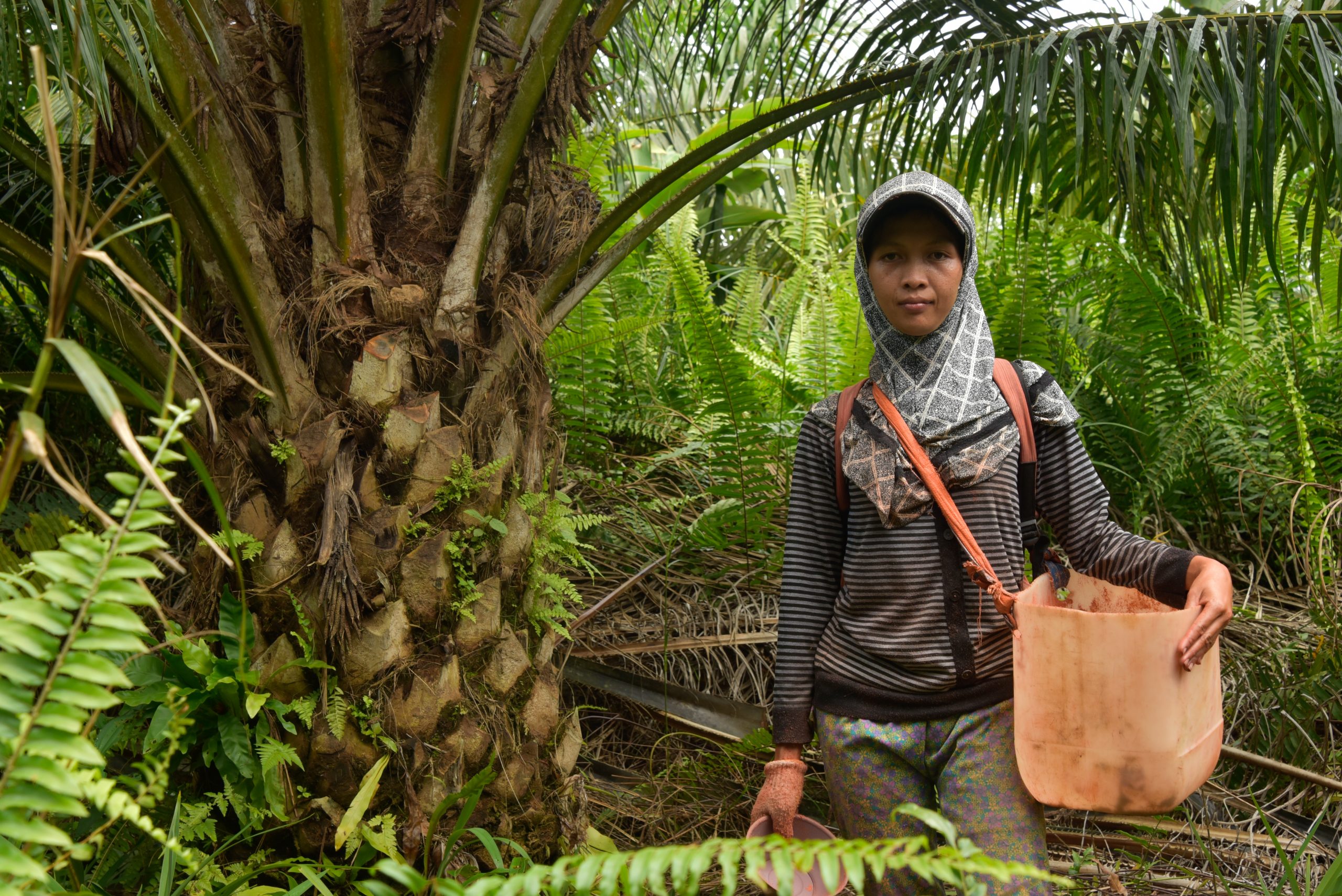
Duration of engagment
Short-Medium: training (1-3 months); engaging with a fund to support smallholders (1 year); providing loans, guarantees, or offtake agreements or (up to 3 years).
Cost
($)
Staff time to engage with government and/or private financial institutions to create/improve a development fund to support smallholders
($)
Staff time and/or funding to train smallholders on financial basics
($-$$$)
Direct loans to smallholders
($$)
Guaranteed smallholder loans or offtake agreements
In the real world
Many companies help smallholders gain access to financing, but these efforts have rarely been connected with broader landscape/jurisdictional strategies. If undertaken in the context of an L/JI, the same efforts can leverage partners’ works and deliver significantly greater impacts.
Lending cash to conserve the forests’ future
In Ucayali, Peru, the French chocolate company KAOKA signed a long-term partnership agreement with a cocoa producers cooperative (Collpa de Loros), which leveraged the agreement to lower its risk profile when seeking a loan. The loan enabled the cooperative to invest in cocoa harvesting and processing infrastructure, rehabilitate 200 hectares of cocoa plantings to increase yields, and develop demonstration plots to boost productivity even further. The cooperative also received the equivalent of a US$285,000 loan guarantee from a regional development fund established by the Ucayali government (FONDESAM), on condition that it agreed to maintain existing forest cover on the individual producers’ farms. About 100 smallholders were able to use this credit guarantee to access a US$385,000 bank loan at an interest rate 5% lower than the prime rate offered by the traditional agricultural lender, Agrobanco. The Ucayali government is now working to scale and replicate the successful financing of this cooperative by developing a technical assistance and financial incentive program for producers that adhere to sustainability criteria contained within the regional government’s Marca Ucayali initiative.
Leveraging loans to transform palm oil production
In Colombia, Cargill is teaming up with Solidaridad and Oleoflores to offer loans used by farmers to implement sustainable palm oil production practices. Under this program, a credit scoring tool considers farmers’ agronomic practices, collateral, and capacity for repayment to show which farmers are eligible for loans. The program aims to extend credit to more than 5,000 farmers across the country.
Key points for companies
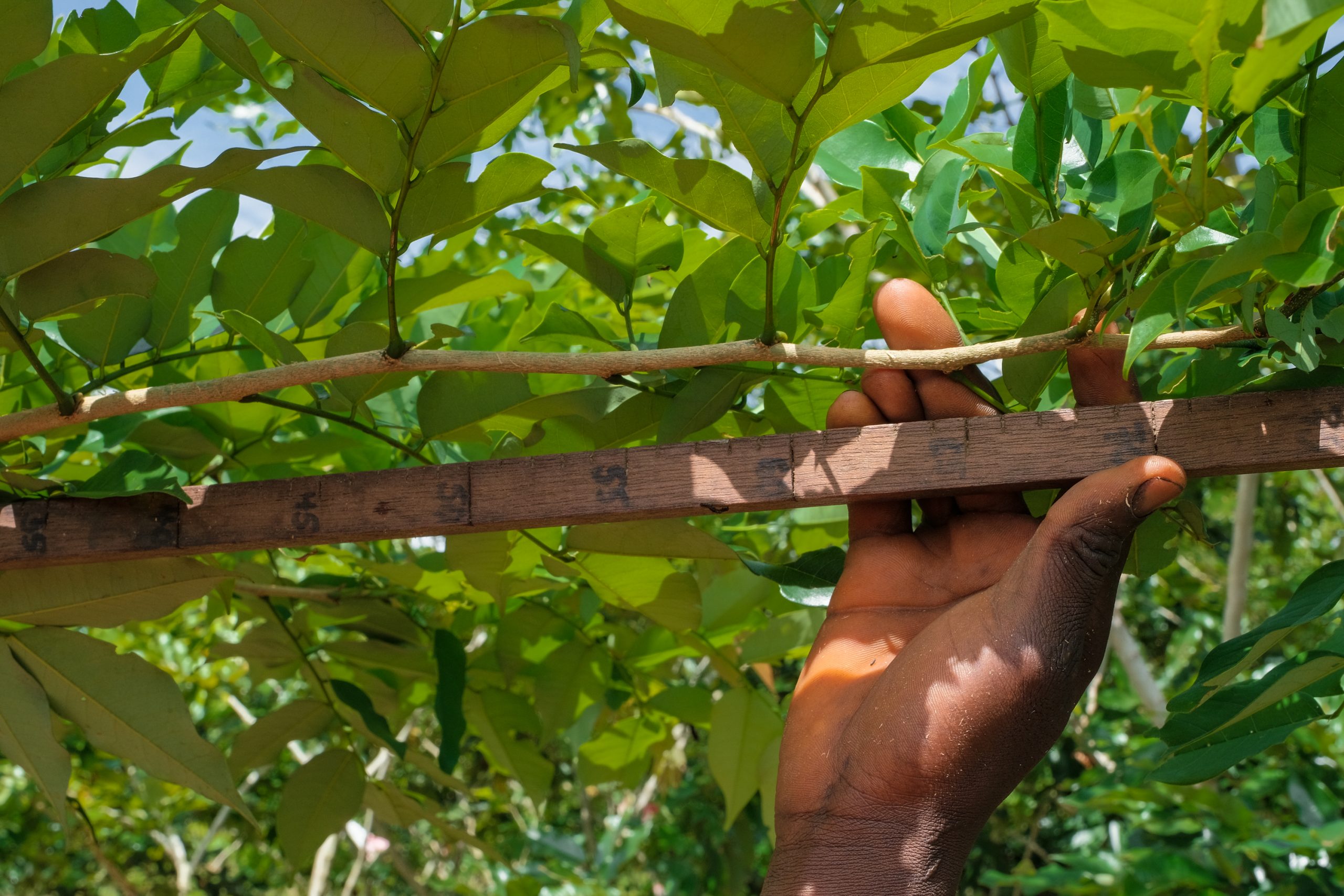
Determine whether the target landscape/jurisdiction has set a goal around enhancing smallholder finance in support of sustainable production. If so, companies should align their efforts with the L/JI’s goals and geographic priorities. Alignment could mean adjusting their own existing efforts or investing in programs delivered by others. Upstream companies with capacity to engage smallholders should take the lead; downstream companies can provide funding to support financing programs.

Identify which smallholders need to participate to meet landscape/jurisdiction-level conservation and sustainable production goals, and determine what they need to succeed:
- If not already organized into groups, encourage smallholders to do so, with help from local civil society organizations.
- Identify the financial hurdles that prevent smallholders from earning a living in a way that protects forests and meets other conservation goals.
- Design interventions in a way that links financial access to forest protection and/or soil conservation, better cropping practices, etc.
- Ask smallholder participants to provide geo-coordinates (an effort eased by technical assistance) for their plots, thus enabling remote sensing to monitor performance and ensure compliance with forest conservation agreements.
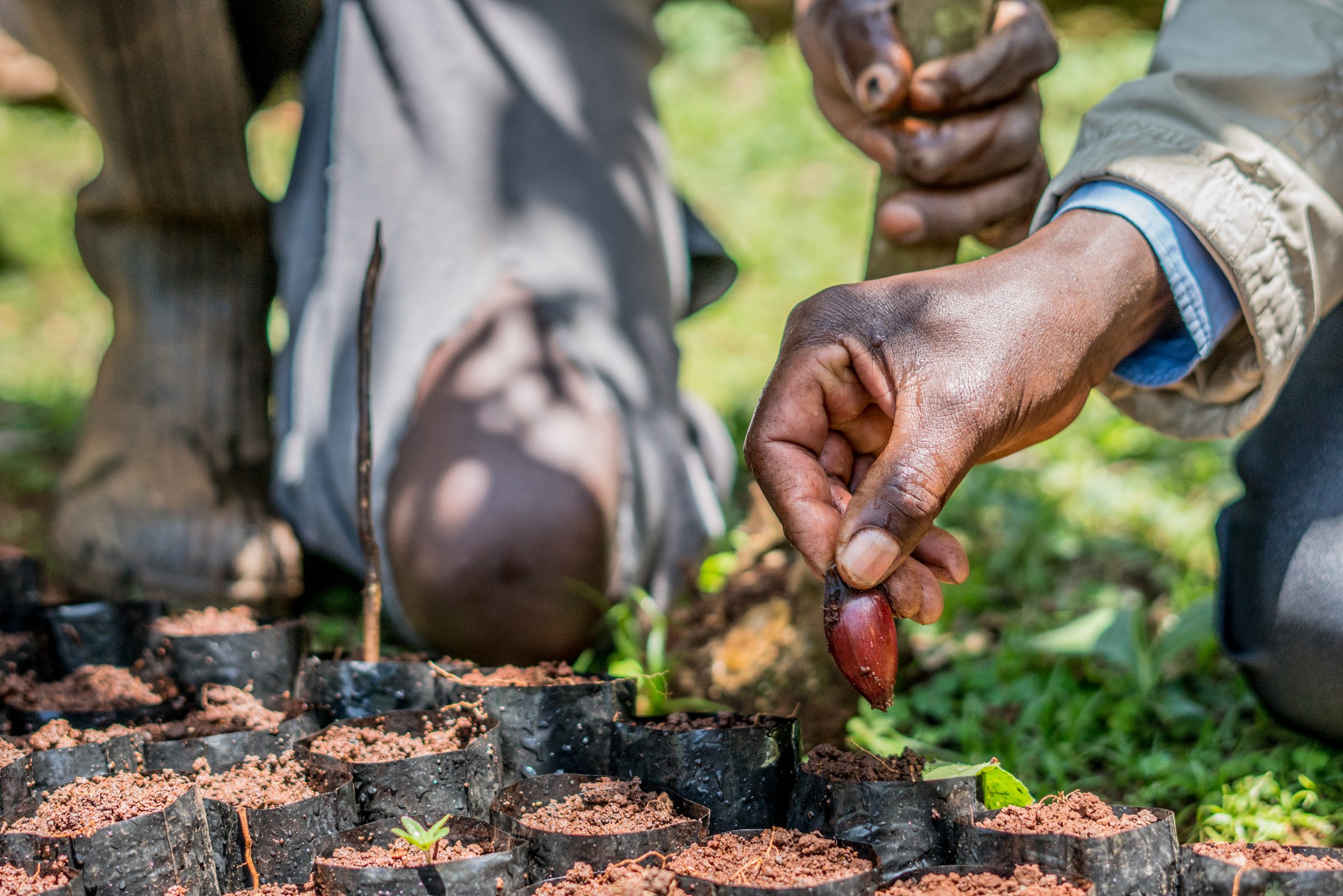
Tailor the specific form of a company’s intervention should to the identified financial hurdles:
- If farmers lack capital to invest in sustainable practices, a company could provide long-term contracts to help them access loans with reasonable terms. That would enable smallholders to make the needed investments yet maintain their livelihoods for the loan’s duration.
- If farmers lack experience or comfort dealing with banks, a company could help train them to engage in the formal financial market. Smallholders could especially benefit from assistance in creating the formal business plans that lenders require before deciding to extend credit. A company could also foster relationships between smallholders and a microfinance, regional, or national financial program/institution. They are uniquely positioned to show the big picture of how access to finance can build financial security, and can help smallholders gain saving, borrowing, and repayment experience.
- If farmers can’t provide lenders with a loan guarantee, or collateral, a company could step in to guarantee loans on smallholders’ behalf. It could also negotiate long-term offtake agreements with smallholders for the commodities they produce, which could serve as collateral for their loans.
- If farmers are so small or remote, they can only access disadvantageous loan terms, a company can offer supply chain financing, extend other forms of credit, or offer small loans to these farmers directly. Such alternative loans should offer terms on par with traditional financial institutions, structured flexibly enough to account for the more challenging environments smallholders face. Alternatively, a company might advocate and work with government to create or improve a development fund designed to finance smallholders that have difficulty accessing credit from traditional lenders. In both cases, the company should streamline the loan process, for example by creating a way for smallholders to prequalify their business plans with potential funders.
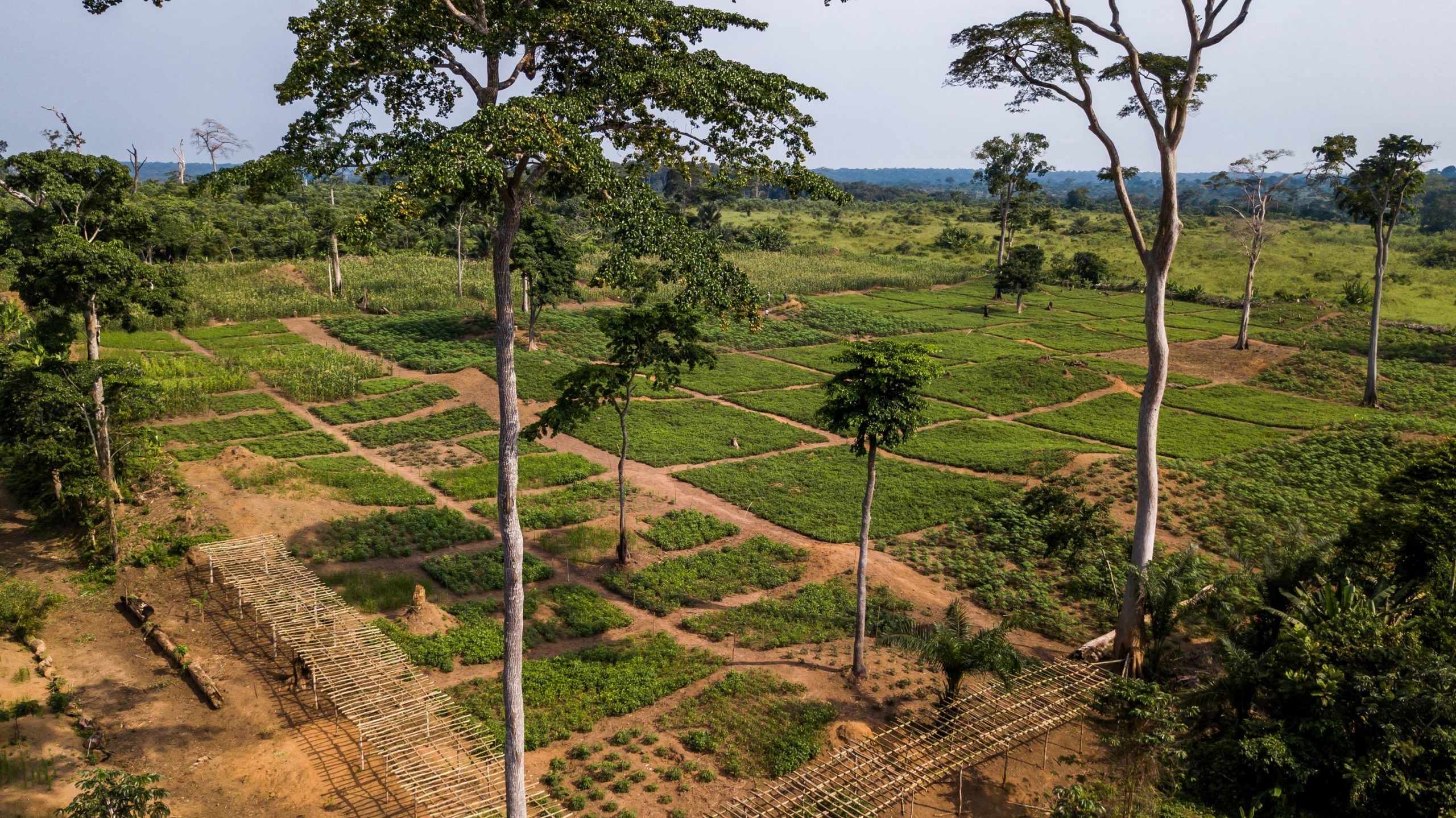
Consider both up-front financing to support a transition to sustainable production, and results-based payments that reward smallholders and communities for maintaining forest cover and other valuable natural resources in the landscape. Results-based payments can take the form of: renewable offtake guarantees, where renewal is contingent on forest protection; periodic direct payments to households, cooperatives, and/or community funds for forest protection; and/or contributions to jurisdiction-level or national funds (for example, REDD+ funds) that are allocated to communities and smallholders by an L/JI in exchange for forest protection.
- Where local laws provide payment for environmental services, companies can connect smallholders with information about how to access these funding streams.
External conditions that improve likelihood of success
- The existence of smallholder cooperatives significantly reduces the transaction costs associated with getting financing to individual smallholders.
- The smallholders’ business needs to be viable (or capable of becoming viable with a loan), even if a business plan has yet to be spelled out in terms that a lender could engage with.
- An existing fund or other financial institution dedicated to supporting smallholders is not critical to a company’s ability to link smallholders with financing, but it can expand the range of ways a company can support financing.
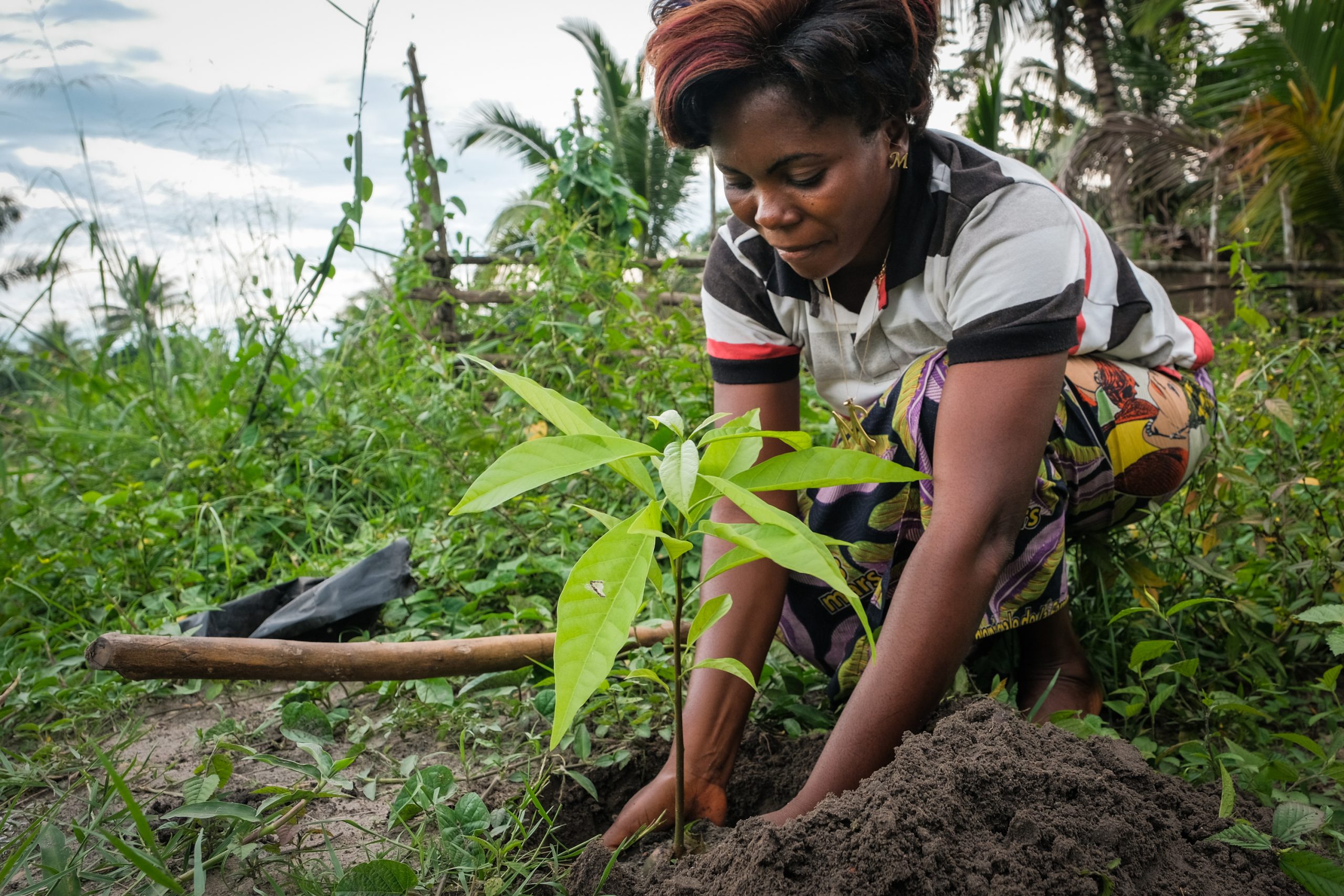
Business case for undertaking this intervention
- Association with increased access to finance can strengthen a company’s bond with more sustainable producers, thus improving the company’s access to deforestation/conversion-free supply.
- Increasing smallholders’ access to finance will help them provide consistent or enhanced levels of high-quality supply.
- Conditioning finance on sustainability performance links smallholders’ livelihoods with and incentivizes pursuit of positive environmental impacts.
- Georeferencing smallholder plots as part of their application to receive financing makes it easier to ensure compliance with forest protection agreements.
Duration of engagment
Short (1-3 months (including preparation) for an online presence or a public event)
Cost
$-$$ depending on the level of audio/visual production and/or paid media required
In the real world
Showcasing progress at a green district festival
In Indonesia, the Sustainable Districts Association (LTKL) holds a festival where member districts can showcase progress towards their sustainability visions. In 2019, Siak District hosted this event to build support for its Green Siak Declaration and the multi-stakeholder collaboration that brought it to life. Several palm oil and pulp and paper companies helped develop and implement the Festival, sharing their own actions that are contributing to the Green Siak goals. For example, APRIL presented its Fire-Free Villages program and its restoration initiative, and how both efforts advance Green Siak’s objectives. Golden Agri-Resources (GAR) shared its efforts to advance Green Siak by working with public and union officials to expand smallholder certification. A video at the festival showed company representatives discussing their engagement in the district’s L/JI.
Key points for companies
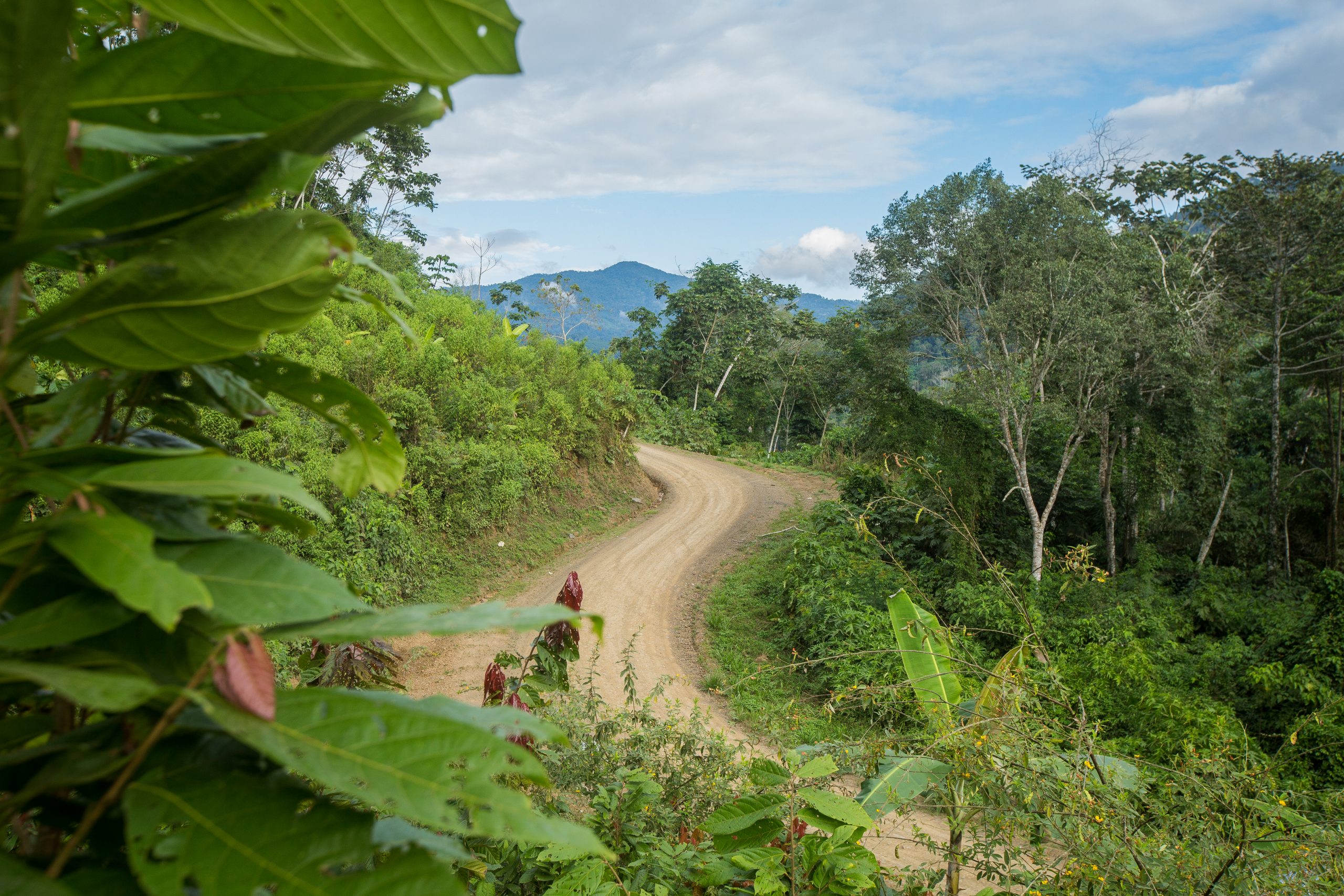
Foremost, companies should rapidly address negative impacts associated with their own operations and sourcing, and credibly report their progress. Although L/JIs need to generate excitement, momentum, and support, companies risk the “greenwashing” label if they champion an L/JI while still driving deforestation.
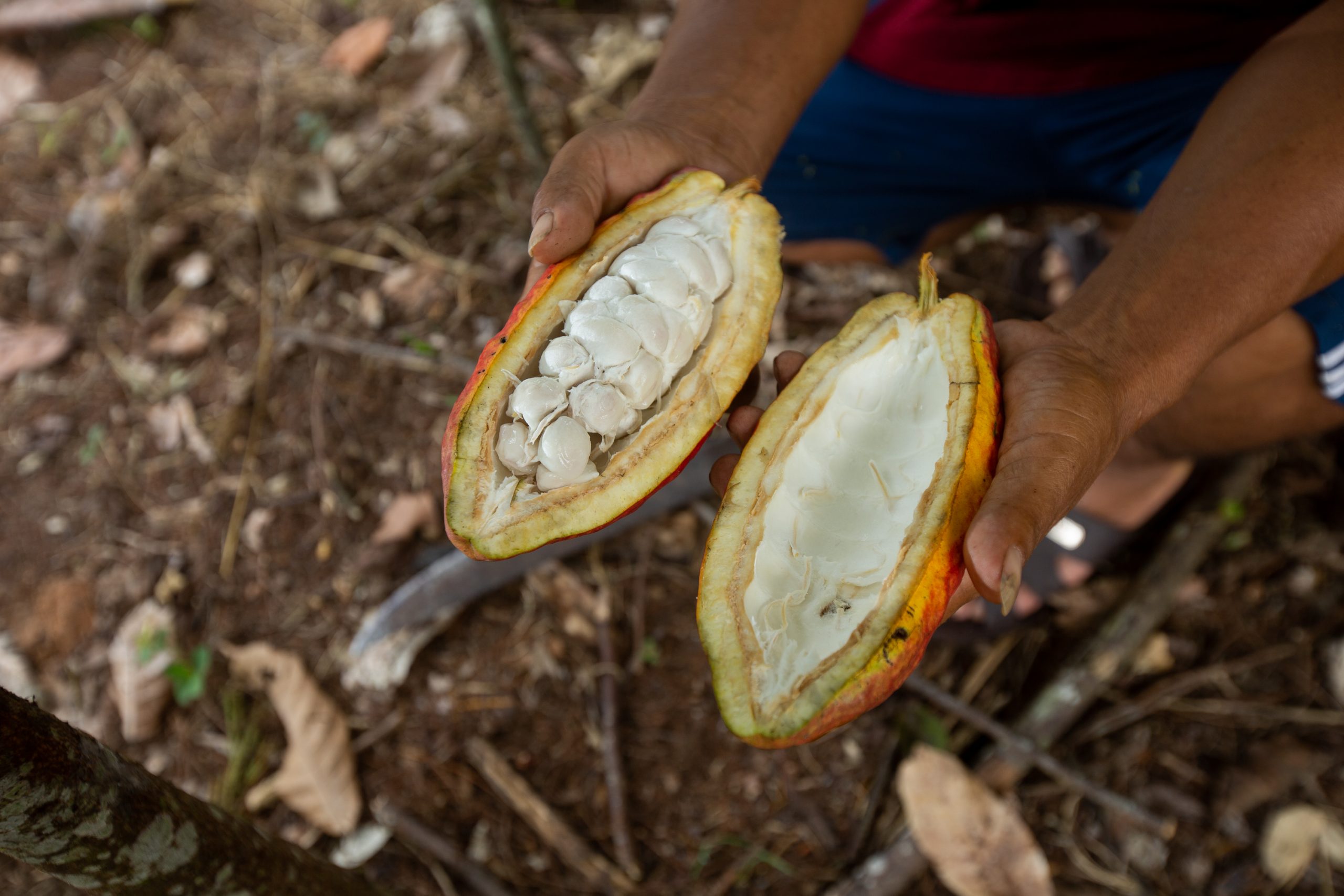
Companies should share how they are advancing an L/JI’s objectives as well as what progress the initiative is making overall, communicating to both internal and external stakeholders.
- Within the landscape/jurisdiction, companies can help to explain the purpose of, local benefits from, and rationale for the L/JI. They can also share with potential participants the reasons why they are engaging, how committed the government is, what current participants are doing, and how other stakeholders can get involved.
- Outside the landscape/jurisdiction, companies can indicate where the L/JI is succeeding, and where it still needs support from donors or other businesses.

All storytelling efforts should be based on a clear, shared understanding of the target audiences, their languages, trusted media, understanding of forest and commodity sustainability issues, and what narratives and messages will most likely motivate them to support the L/JI and engage with it over time.

If a company communicates specific actions taken to support an L/JI, these should be put in context by providing a sense of the relative scale and intensity of the contribution. ISEAL Alliance has developed recommendations for ensuring that such communications and claims are made clearly, precisely, and credibly:
- Describe the nature of the actions clearly, specifically, and truthfully.
- Quantify and contextualize the extent of the actions in relation to the entity’s full operations, to allow proper interpretation of their scale and scope. For example, if a company claims that it supports 10,000 oil palm smallholders to become certified, it should also state the total number of oil palm smallholders in its full supply chain.
- Define and document the timeframe for implementing the actions, along with implementation progress.
- If an action is a partial contribution to a broader effort under an L/JI, specify the extent and nature of the specific contribution.

Messengers are as important as messages. Companies and their L/JI partners should identify who among their staff are most appropriate to contribute stories and examples. If several companies participate in the L/JI, find ways for each to gain public visibility. Company representatives can best present the L/JI jointly with suppliers, community members, NGOs, and government officials so it is clear that the companies are full partners in the L/JI.
Developing public messages, stories, and events will encourage L/JI stakeholders to discuss the overall purpose of the initiative

Developing public messages, stories, and events will encourage L/JI stakeholders to discuss the overall purpose of the initiative and what is/is not working. Companies can use discussions about public communications as a way to raise concerns with their partners and positively influence what other partners say and do.
External conditions that improve likelihood of success
- The L/JI is developed enough as concept or in implementation to be ready for public launch/outreach
- The L/JI understands its target audiences and media channels for communicating its vision and work
- To reach these target audiences, it has access to the most relevant broadcast media (radio, TV) and social media (platforms, blogs, podcasts)
- L/JI partners are willing to contribute spokespeople and recruit well-known government, business, NGO, entertainment figures to endorse the initiative
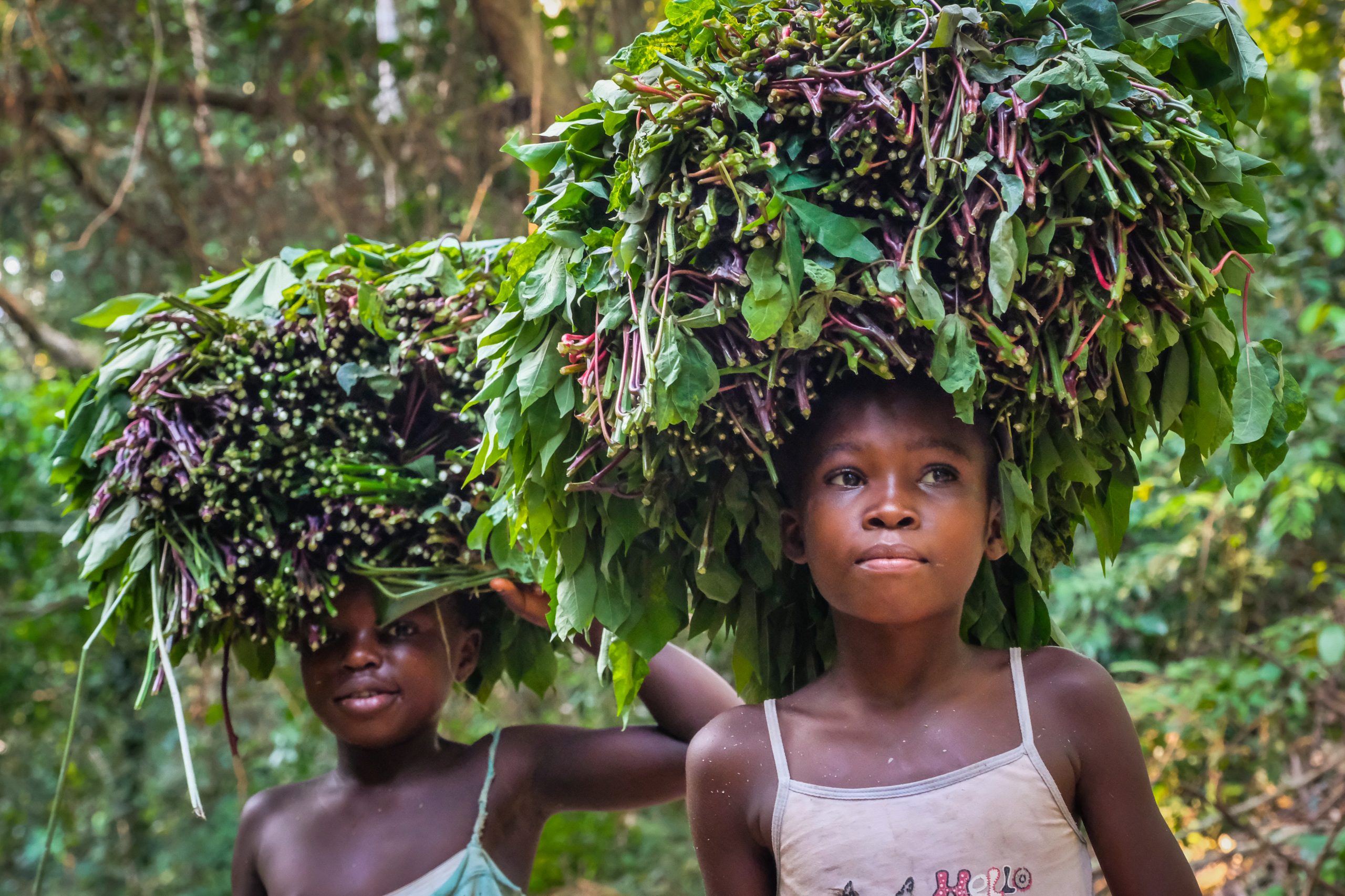
The business case for this intervention
- By aligning jurisdictional goals and KPIs with its own sustainability messages, a company can leverage multi-stakeholder efforts to help amplify the story it needs to convey.
- Shared narratives can serve double-duty as a company’s ‘unbranded’ communication and augment the credibility of the message itself for targeted audiences.
- Communicating the initiative to the residents and organizations operating in the landscape/jurisdiction can help to grow local support for it.
- Honest storytelling gains recognition for the company’s contributions and strengthens its credibility and relationships in the jurisdiction.

Duration of engagment
Short (6-12 months to gather data; 1 month to share it)
Cost
($)
Staff time to gather the data and attend workshops
($)
Staff time to share the data and address any resulting questions
($)
Organization costs to setup and participate in data sharing workshops
($$)
Legal agreements and NDAs surrounding the use and sharing of spatial data
In the real world
Sharing spatial analysis to address encroachment
In West Africa, Touton works with Rainforest Alliance to generate useful data about the farms from which it sources cocoa. Their collaboration runs analyses on the polygons that represent cocoa farms using geospatial and remote sensing data. These analyses determine the risk of encroachment in national parks and monitors real-time deforestation at the plot level. Developing this spatial data not only helps Touton address local deforestation in its own supply chain, but can also be shared with other relevant stakeholders to support land use planning and monitoring at larger scales.
A collaborative list for tracking palm oil origins
A growing list of companies, including traders like Wilmar and Musim Mas, and downstream buyers like Ferrero and Nestlé, have made publicly available the list of mills from which they or their suppliers source palm oil. In 2018, a group of non-profit organizations (World Resources Institute, Rainforest Alliance, Proforest, and Daemeter) aggregated these data for the first time in the form of the Universal Mill List (UML). The UML is a collection of palm oil mill locations around the world, which can be sorted by group, company, mill name, RSPO certification status, and unique “universal ID”. Companies aren’t the only ones contributing data to the UML. The RSPO, FoodReg, government entities, and supply chain researchers regularly add new spatial data, update information, correct mistakes, and weave in extensive records. Even smaller companies have provided tabular data on their websites regarding mill names, locations, and parent companies. The objective of the UML is to provide an accurate, comprehensive, common dataset of, by, and for the palm oil industry that can easily identify mills across various platforms and enhance reporting efforts.
Connecting the dots on sourcing beyond palm oil
A few companies, such as Unilever, have followed up this early data transparency push by publishing lists of their global suppliers for other commodities like cocoa, soy, paper and board, and tea. Cargill publishes a map that shows the name and location of the cooperative offices and buying stations in Côte d’Ivoire and Ghana from which it directly sources cocoa.
Key points for companies
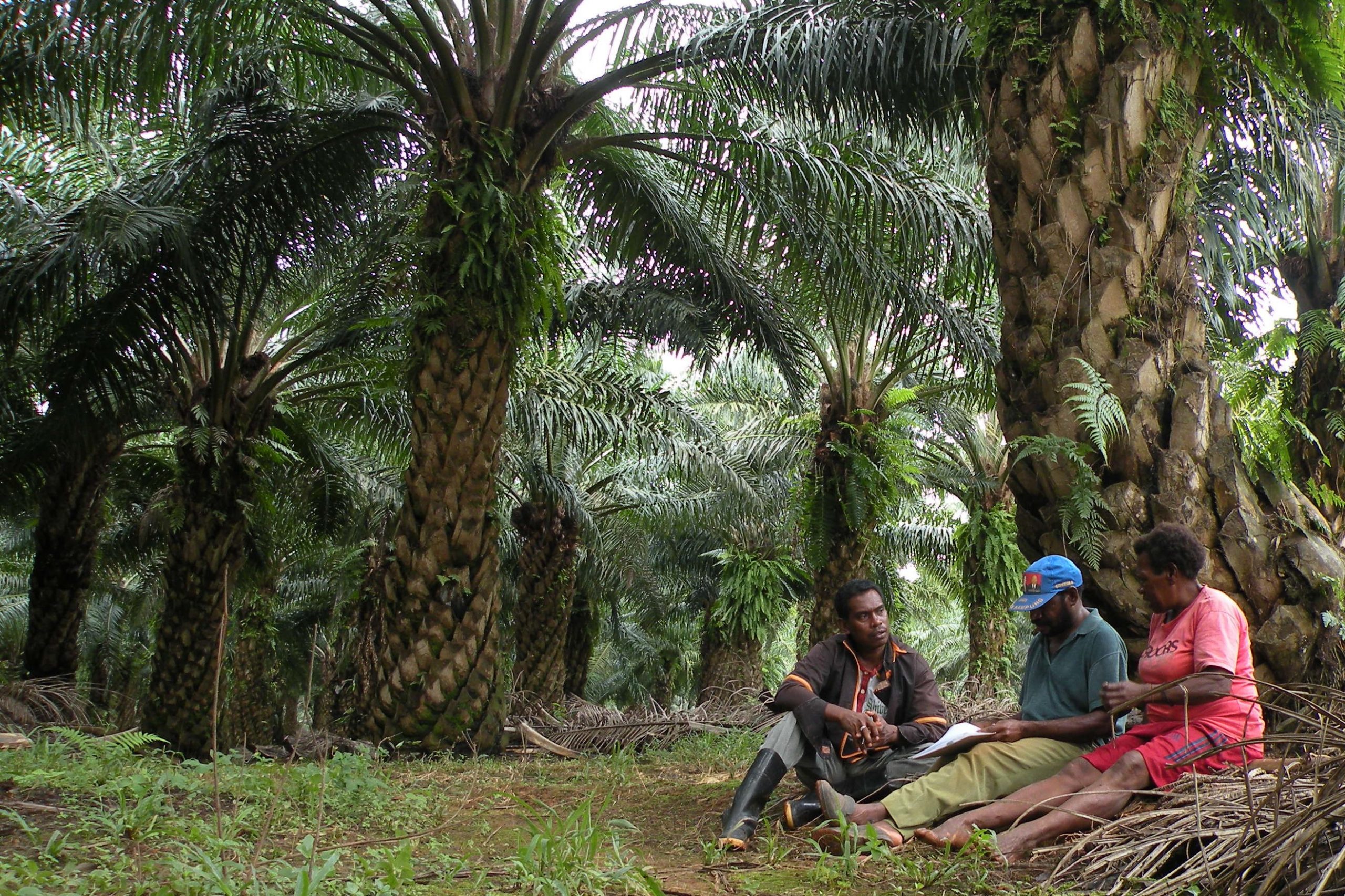
Identify which company data other stakeholders could use to improve landscape/jurisdiction-level sustainability. Local stakeholders often lack a complete picture of land-related ecological, ownership, and use characteristics or dynamics, which impedes the ability to plan, execute, and monitor progress. Companies that possess these data or that have influence with those who do can fill important gaps in information.
- The data need not be proprietary. Companies can bring even relevant public information to the attention of other stakeholders unaware of it. For example, Global Forest Watch provides data on tree cover loss and instances of fire, which can be analyzed within any jurisdiction to determine where there may be deforestation hotspots or risk. Such data help inform land use planning decisions as well as monitoring and enforcement activities.
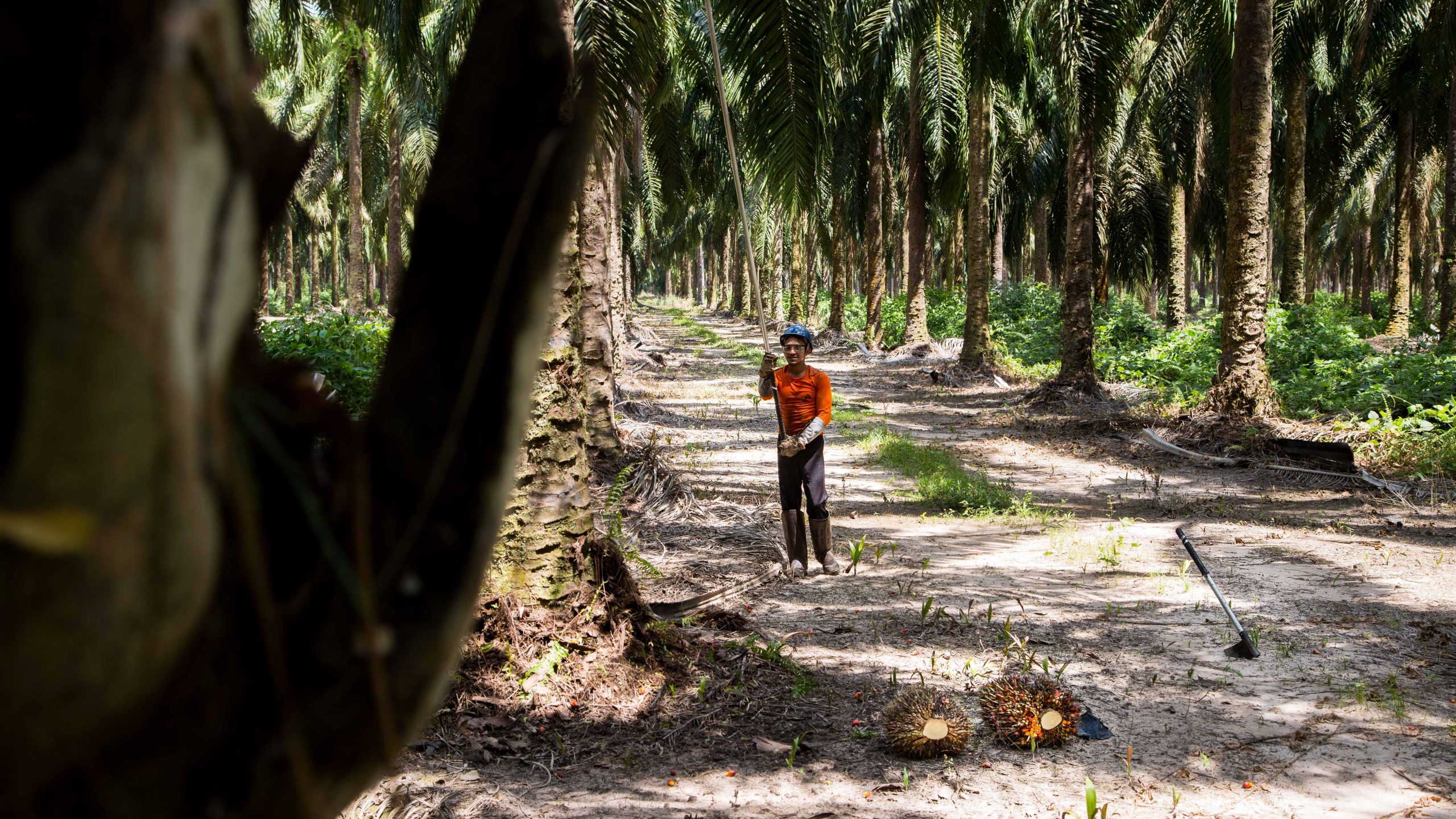
Data might be held by farm/concession managers if the company is a commodity producer, by the procurement or sustainability teams if the company is an upstream commodity buyer, or by producers and traders in the company’s supply chain that operate in the jurisdiction.
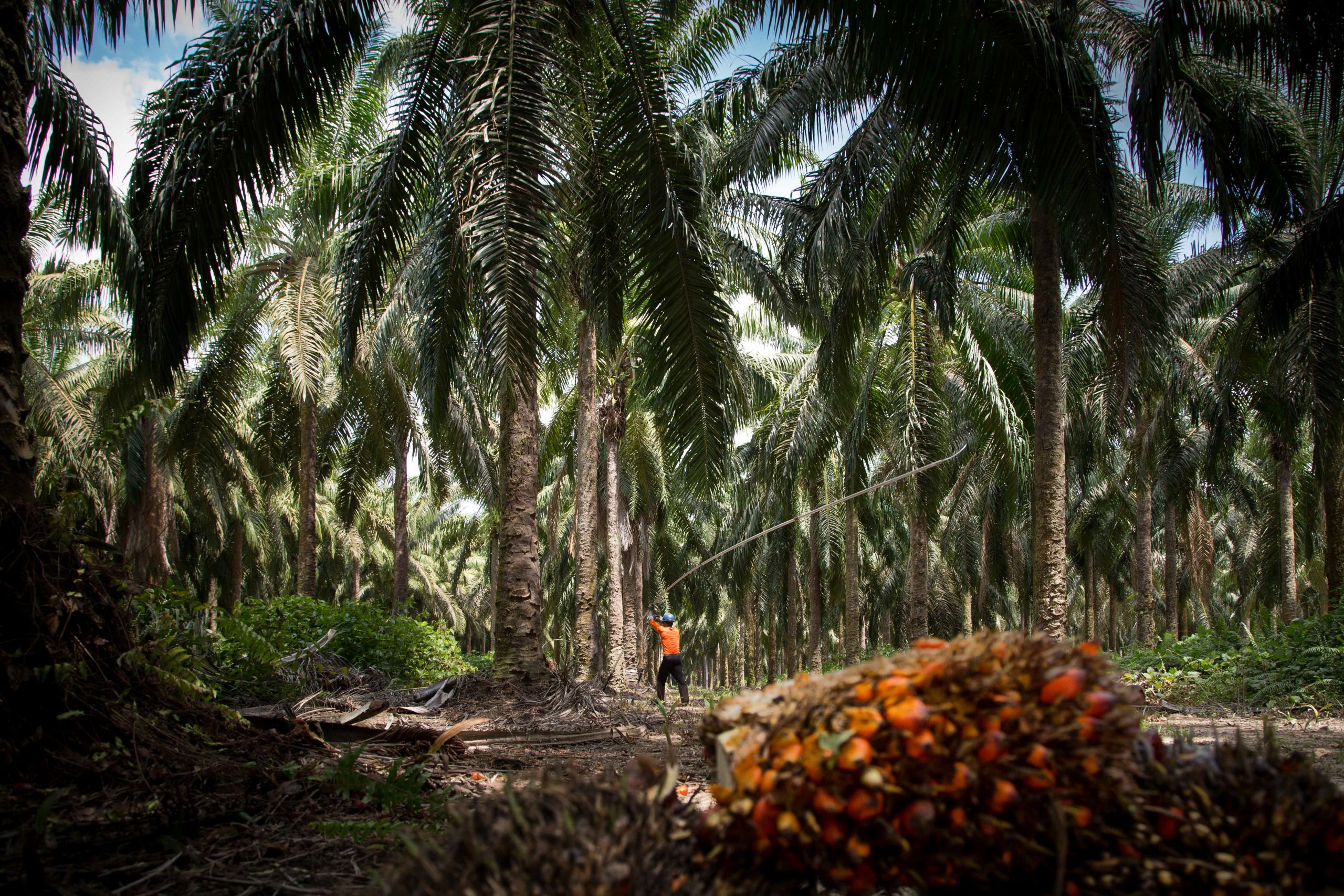
Relevant data could include:
- Boundaries of farms, ranches, forest management units, or concessions – including those managed by the company and by independent smallholders
- Coordinates of mills or other processing facilities
- Geological, water, or other biophysical data
- Maps of community lands and areas with important environmental attributes (e.g. High Conservation Value areas or High Carbon Stock areas)
- Management plans for land overseen by the company or by its suppliers
- Historical maps or other records of ground cover and land use that could help establish trends over time
- Non-competitive information on crop production, soil productivity, and/or conservation needs that could help identify good production practices
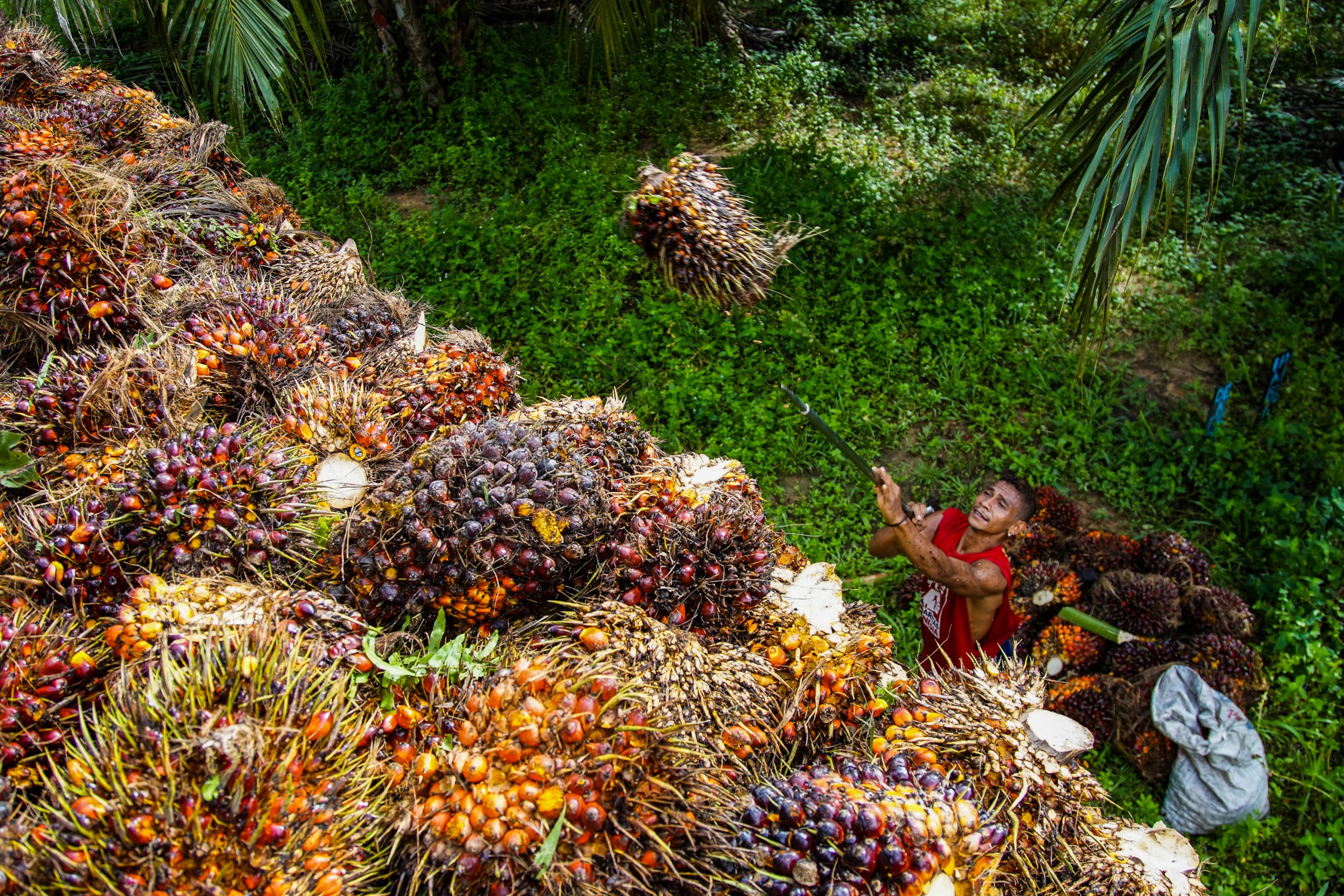
Data sharing can pose challenges both for local actors and to the companies that share. To mitigate these risks in advance, companies should:
- Follow national guidelines, particularly when sharing farm boundaries, and apply proper social and environmental safeguards to minimize impacts on local communities
- Draft agreements that define who can use the shared data, and how
- Aggregate contributions so that only consolidated data are made publicly available, with identifying information stripped out
- Limit sharing of the most sensitive or controversial data with only those government actors engaged in land use planning or enforcement (e.g. ministries of agriculture, forestry, environment, rural development), using non-disclosure agreements (NDAs) to ensure confidentiality of data that informs landscape/jurisdiction-level planning efforts.
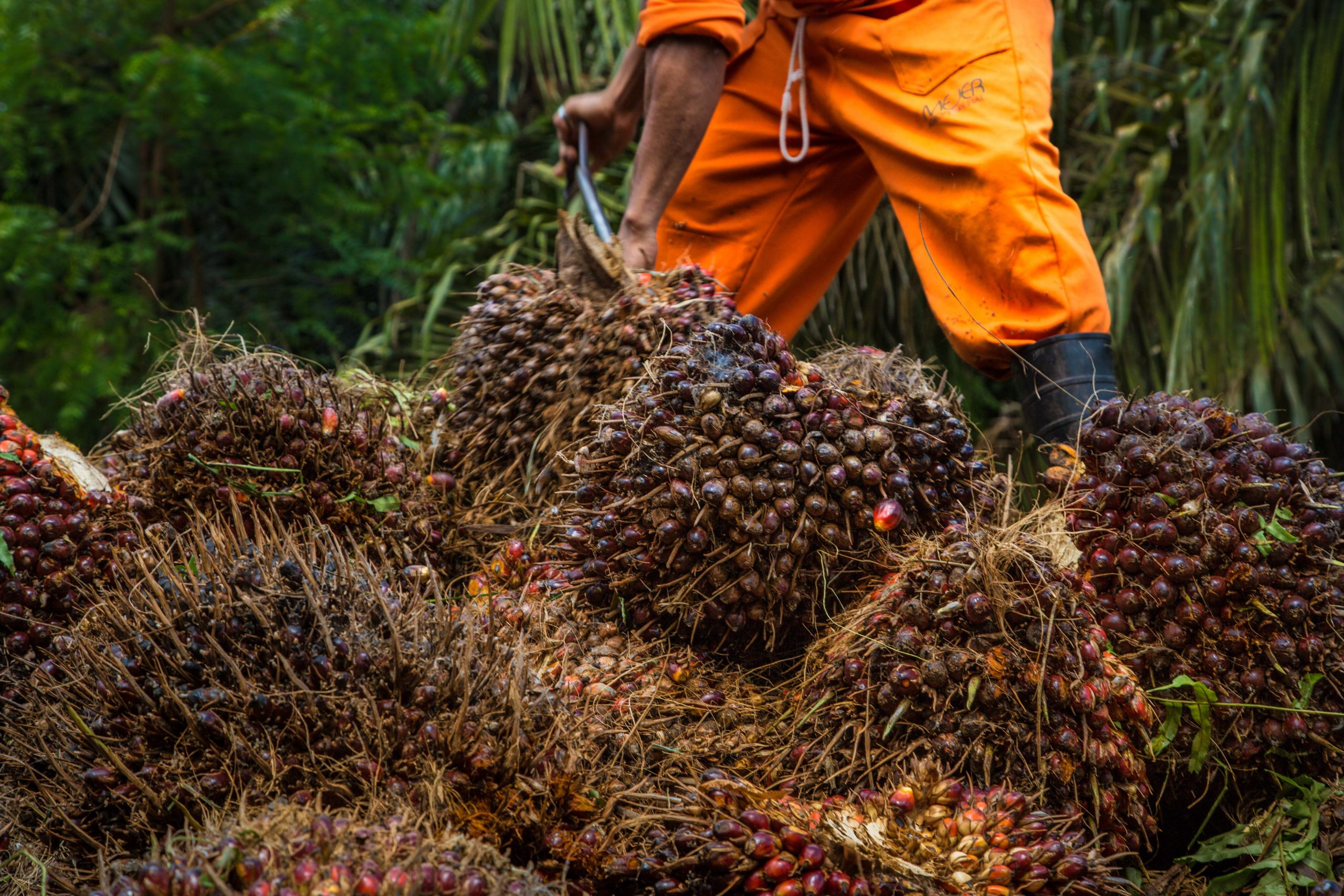
Data should be shared with the multi-stakeholder body representing key actors in the landscape/jurisdiction to guide discussions about setting targets, planning land use, and implementing decisions (see “Co-design jurisdictional goals, key performance indicators (KPIs), and implementation strategies” and “Support development of a robust landscape/jurisdictional land use plan”). A robust conservation or restoration plan will take into account data about the relationship between priority conservation areas, production areas, and processing facilities. Likewise, access to these data will enable the government or other stakeholders to monitor implementation of landscape/jurisdictional action plans and progress toward achieving KPIs.
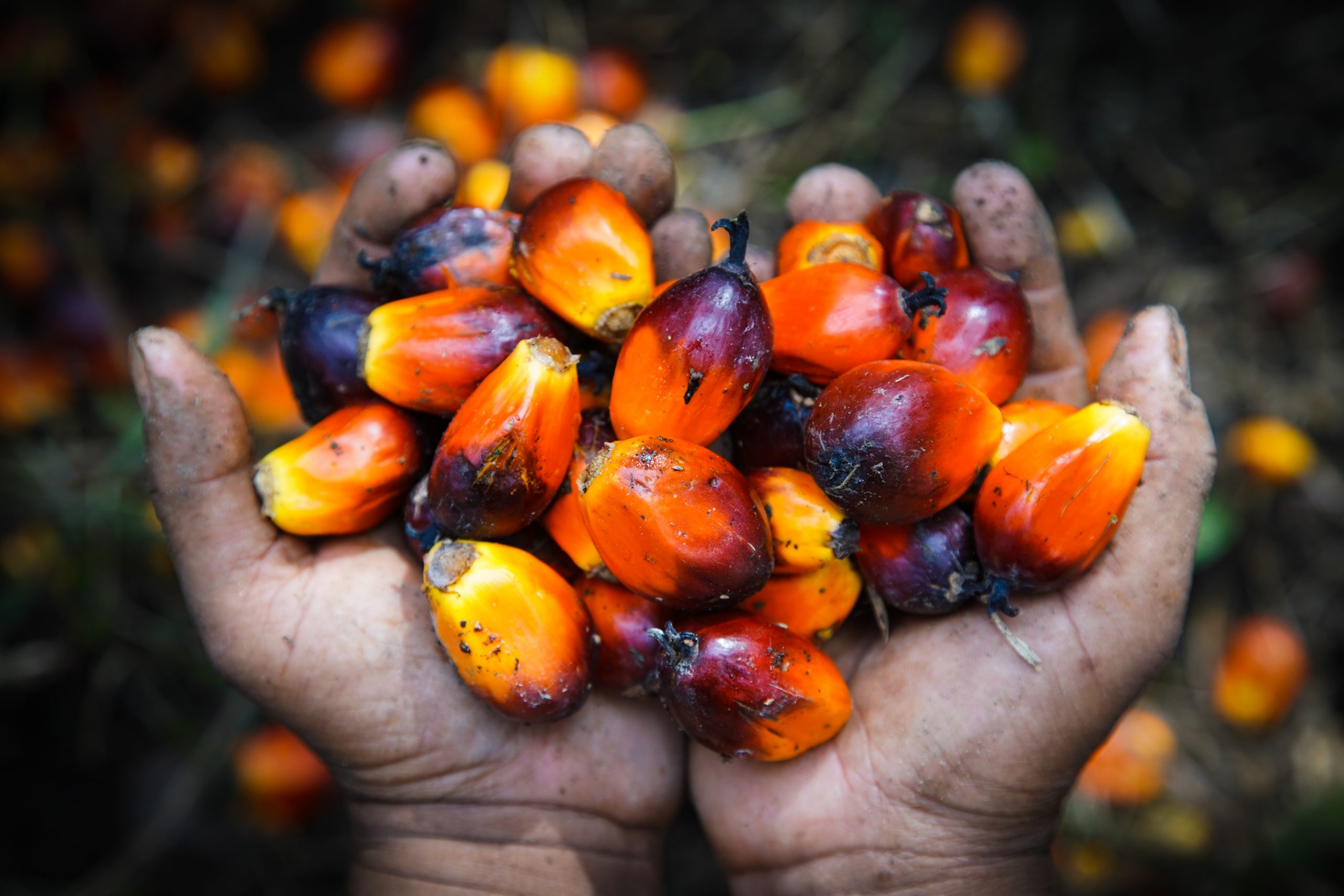
Share data in formats that match those used to develop or monitor progress toward meeting landscape/jurisdictional outcomes (ideally digital; sometimes printed maps or written descriptions are handy).
External conditions that improve likelihood of success
- Robust data management policies and metadata standards
The business case for this intervention
- Sharing data is an inexpensive way to show leadership while building trust with other stakeholders, advancing a culture of transparency, and encouraging others to share their own data. Companies are also in a position to determine who will gain internal or external access to confidential data, and for what purpose.
